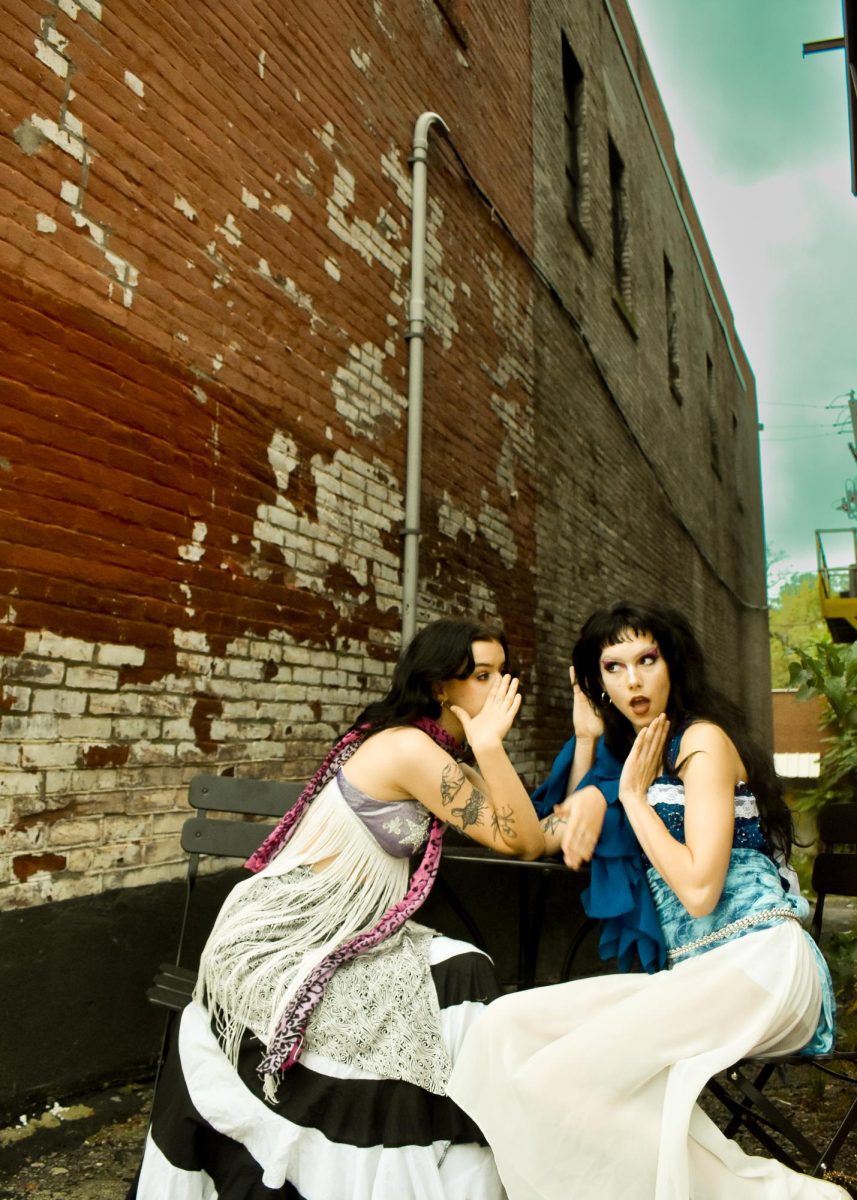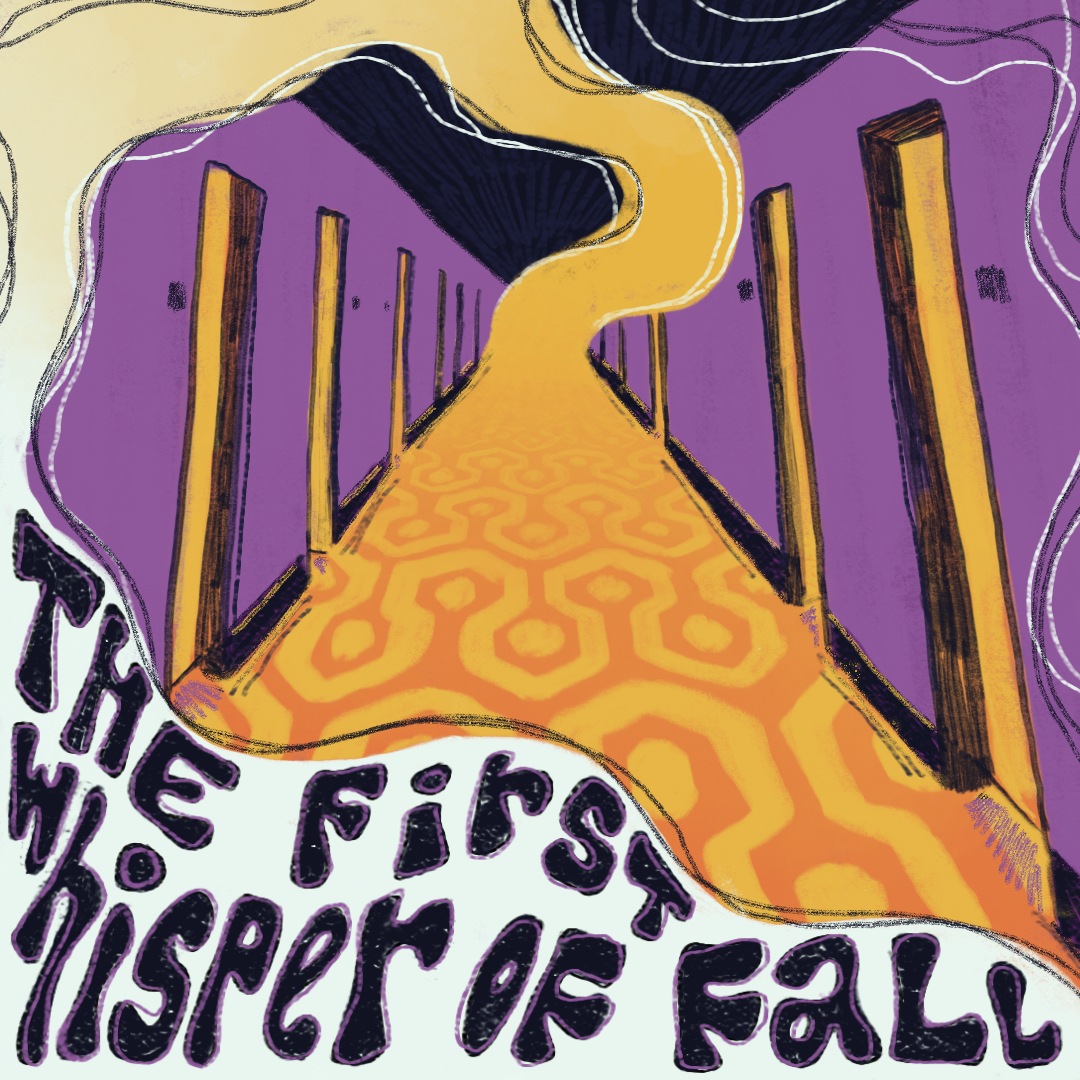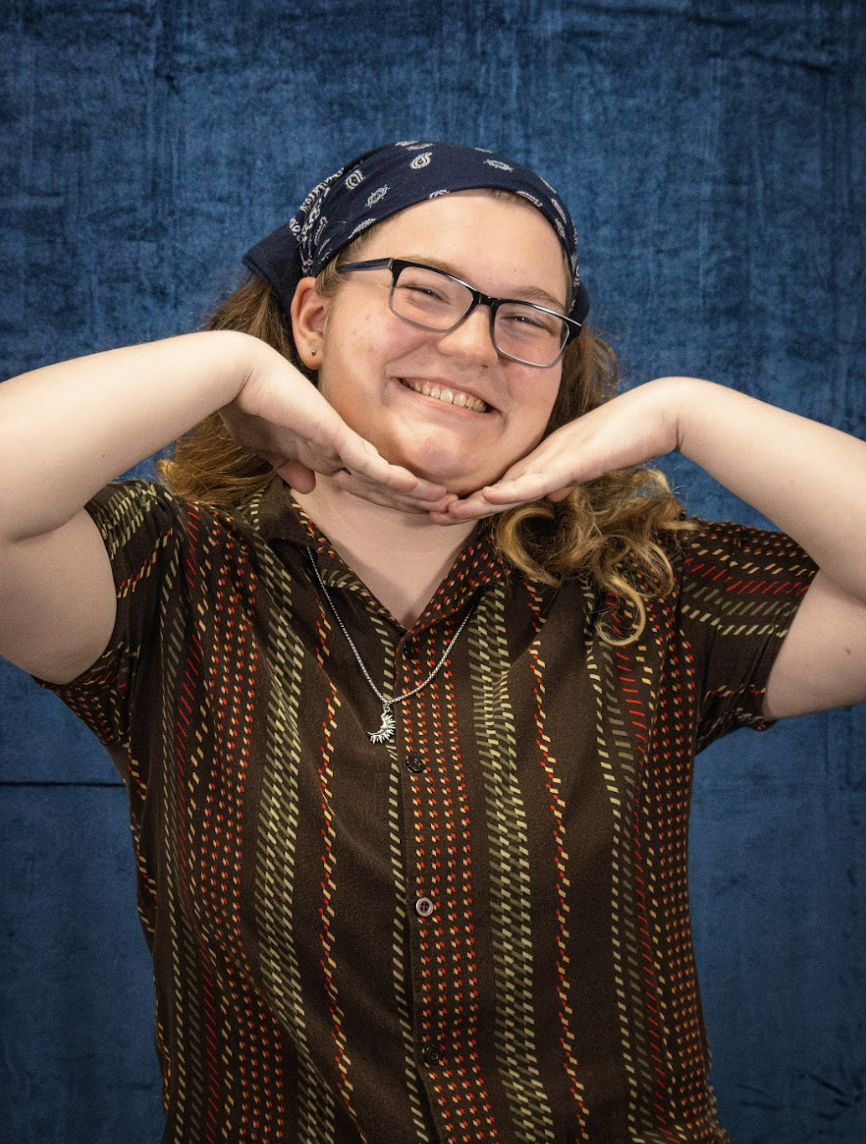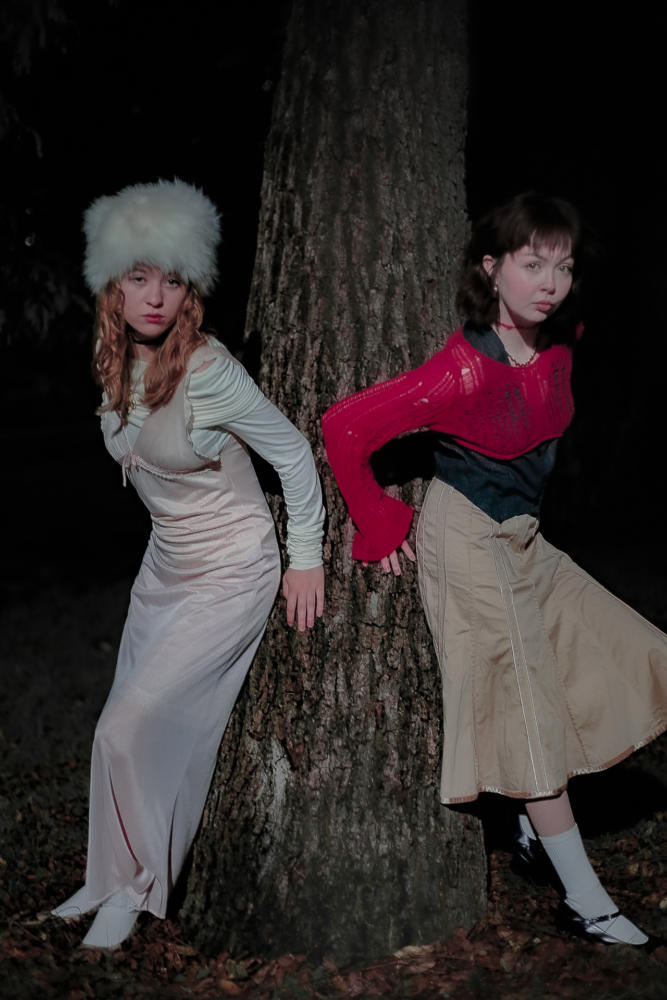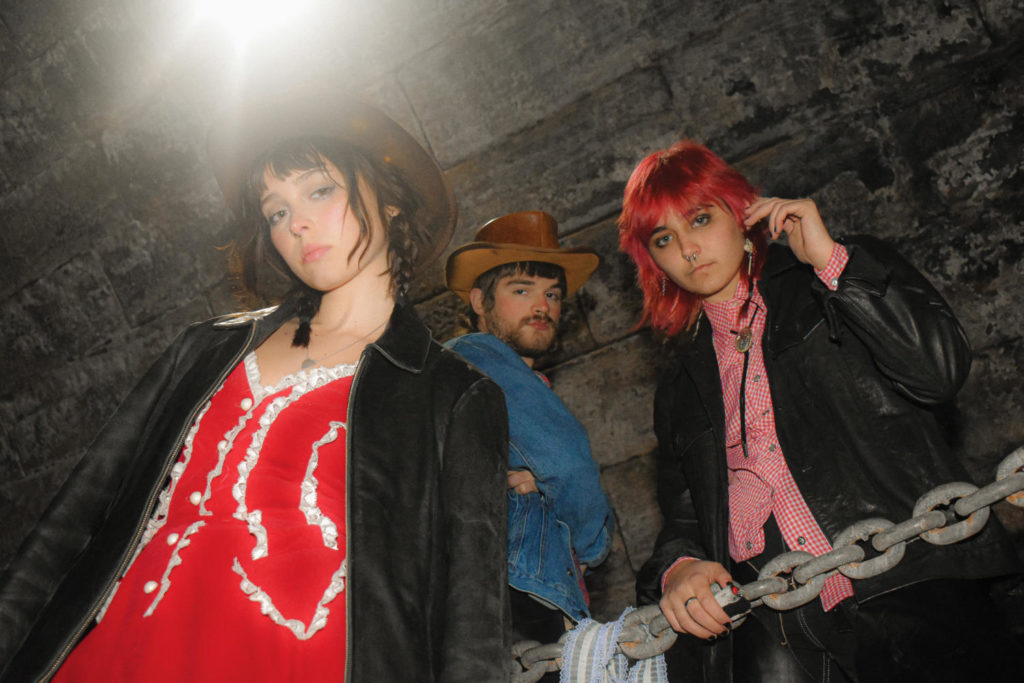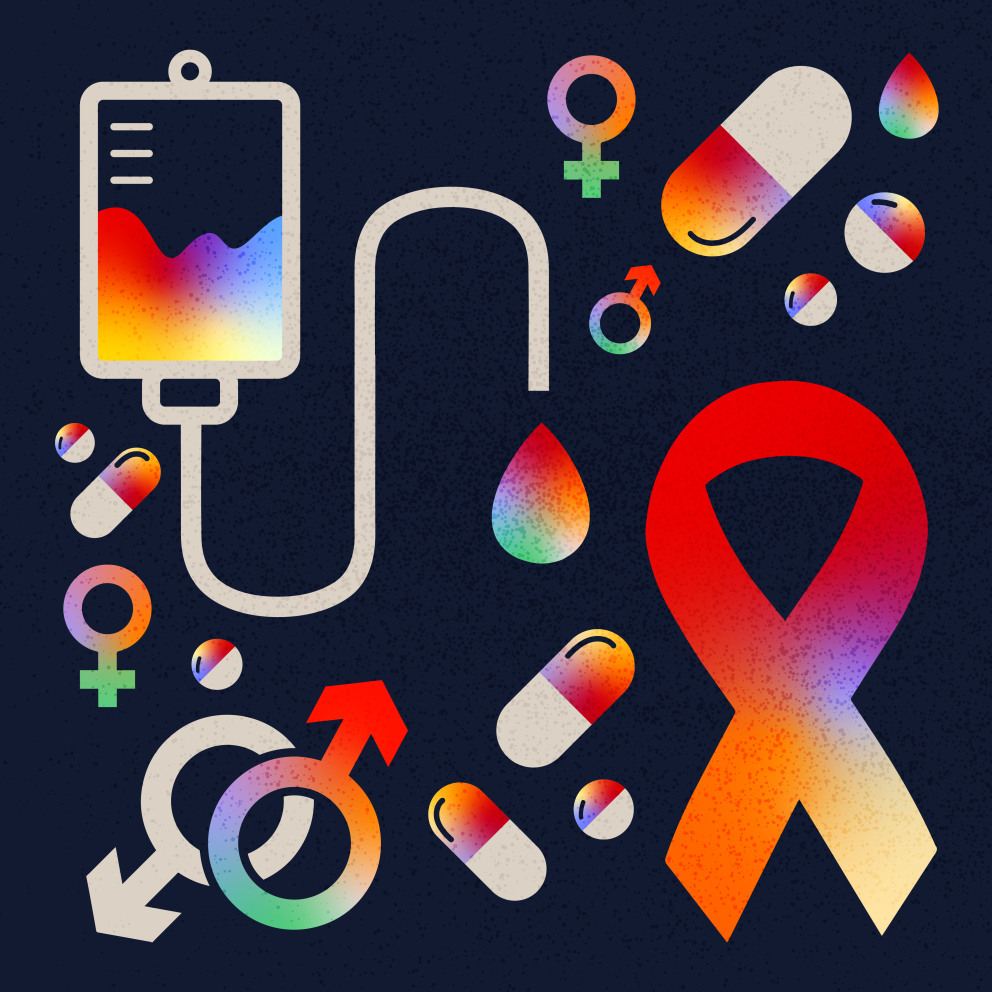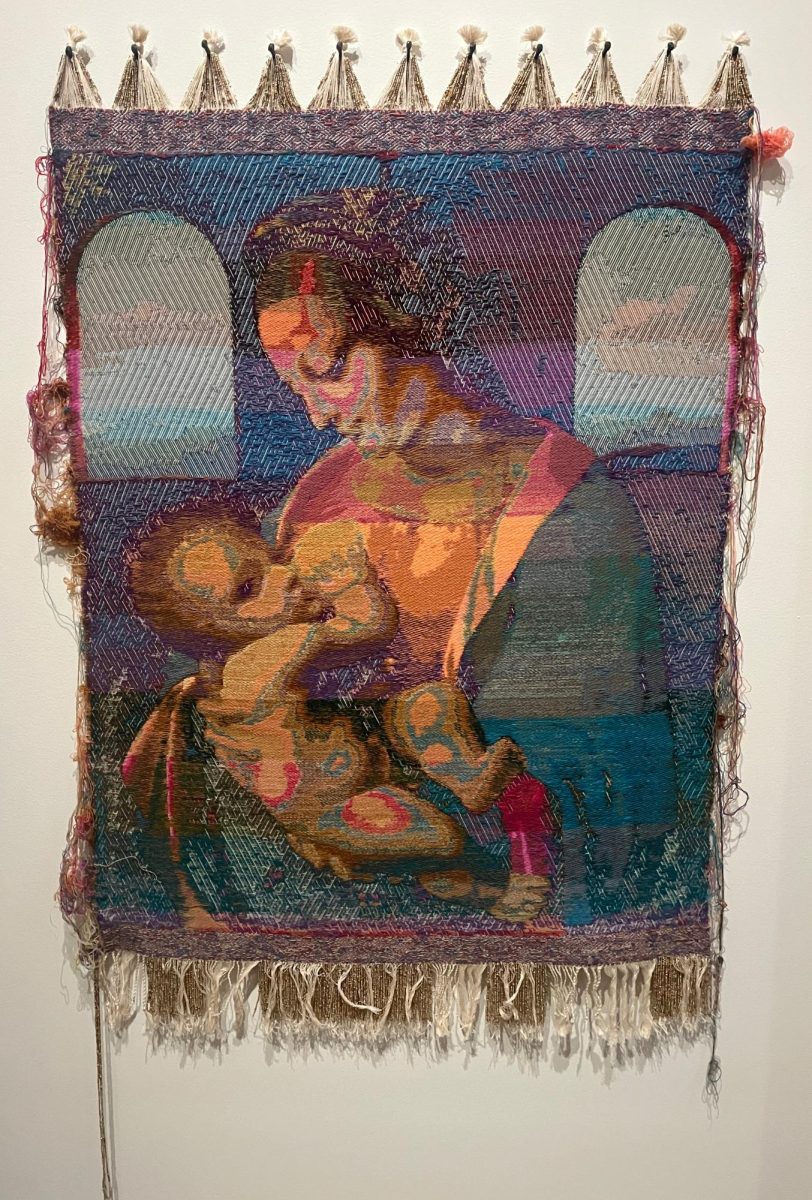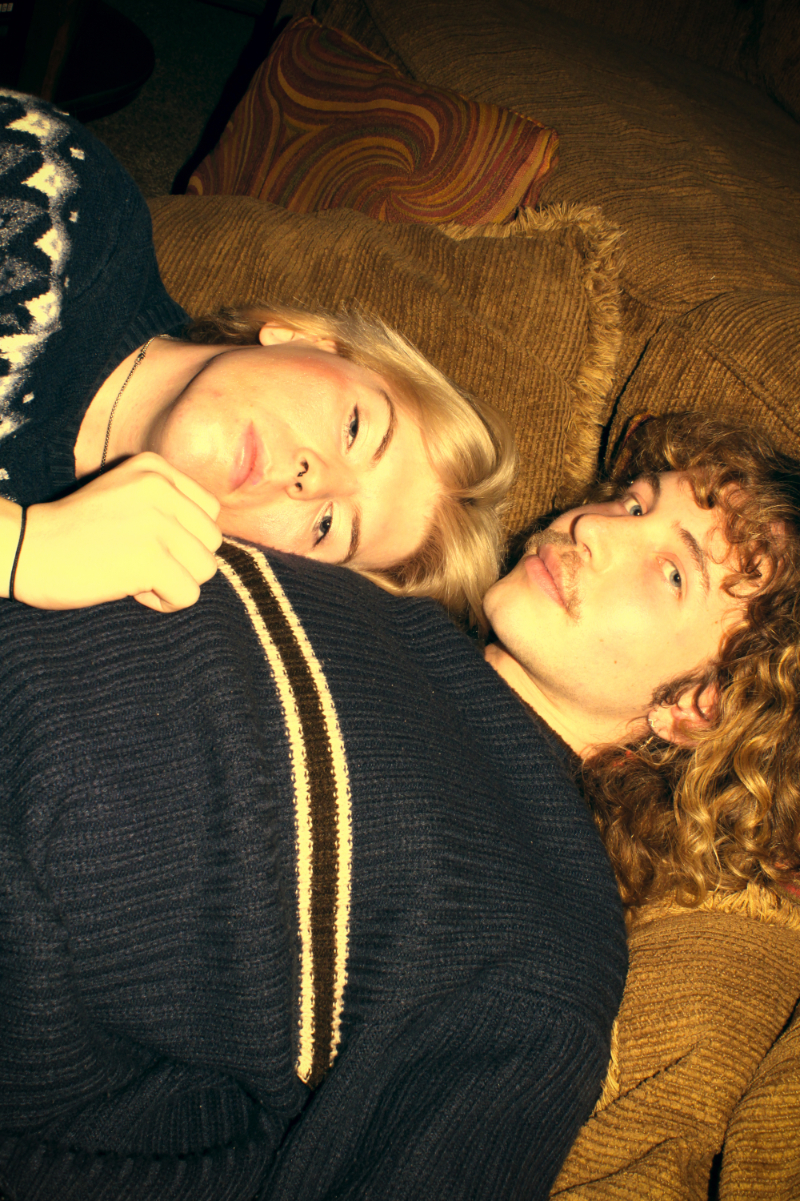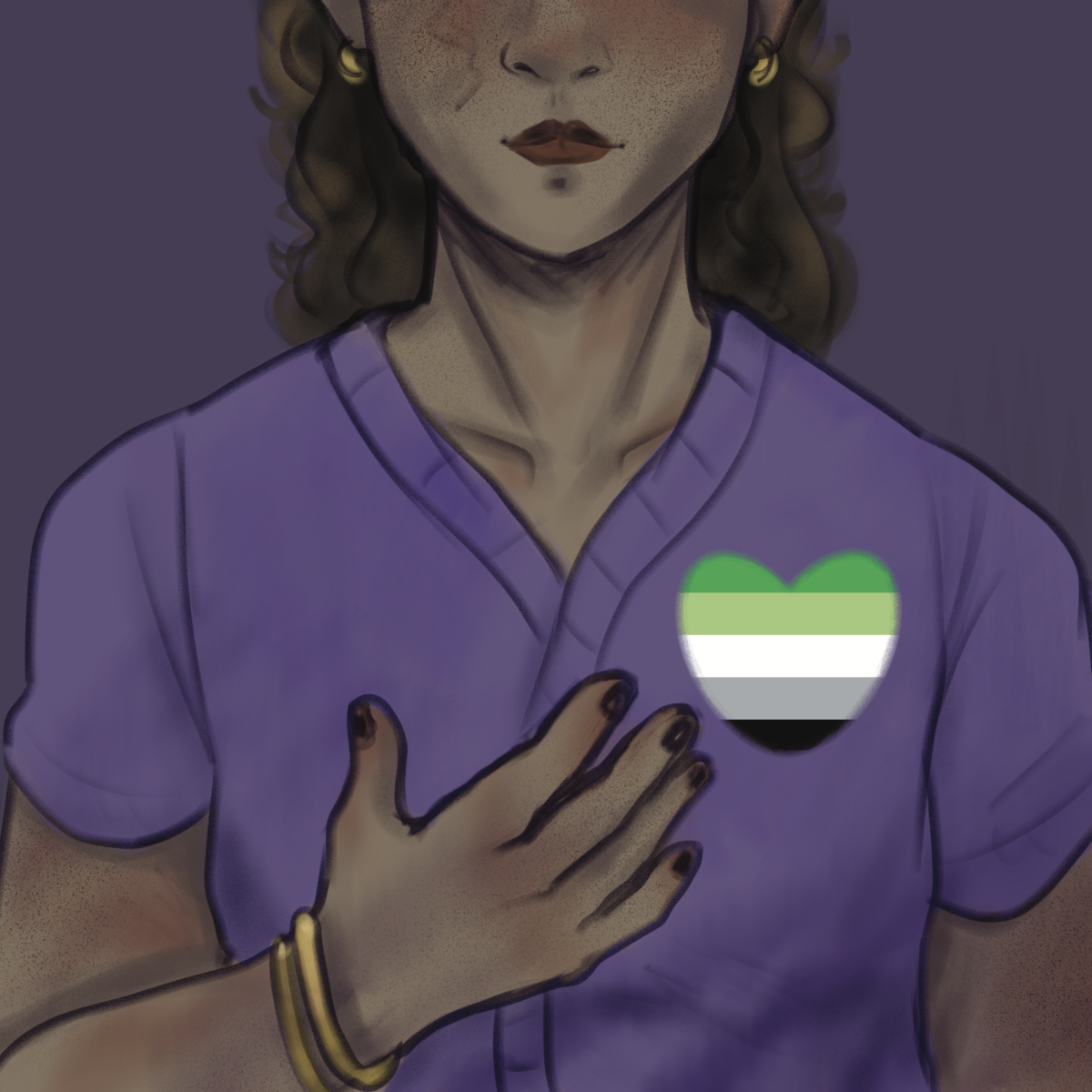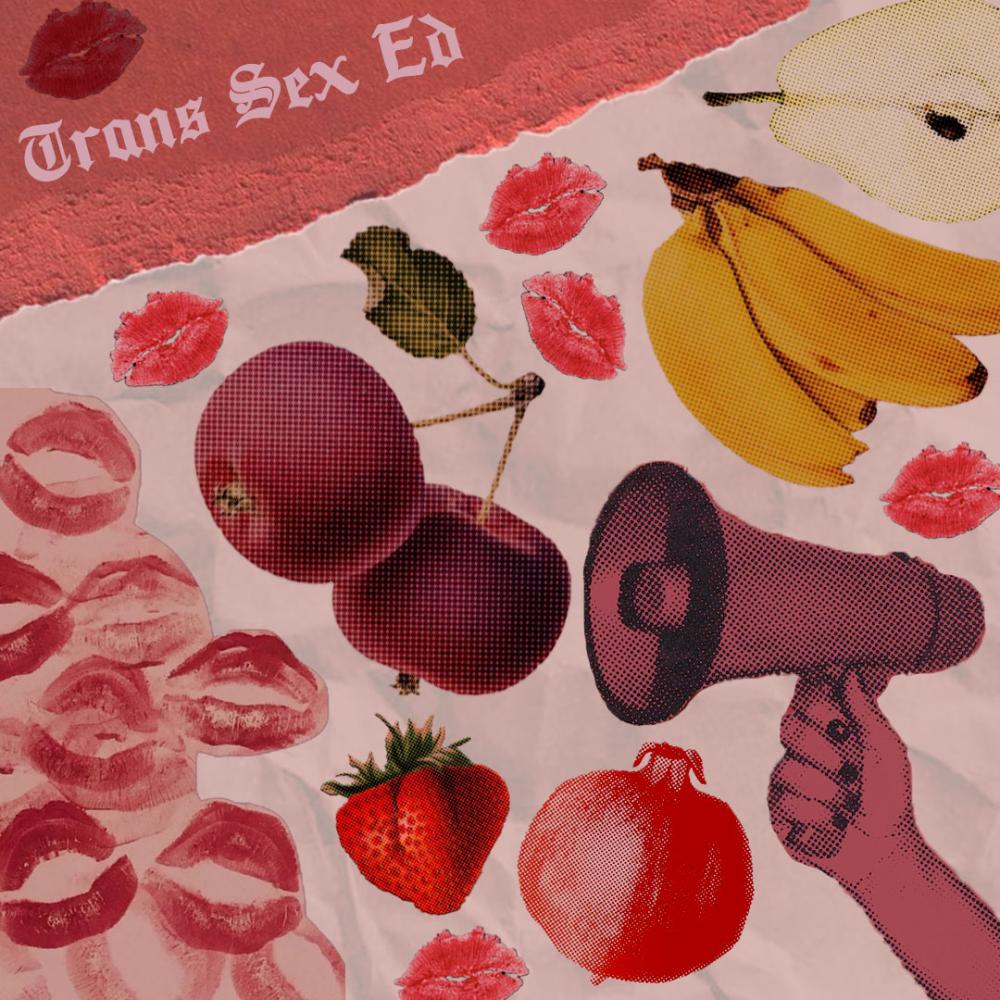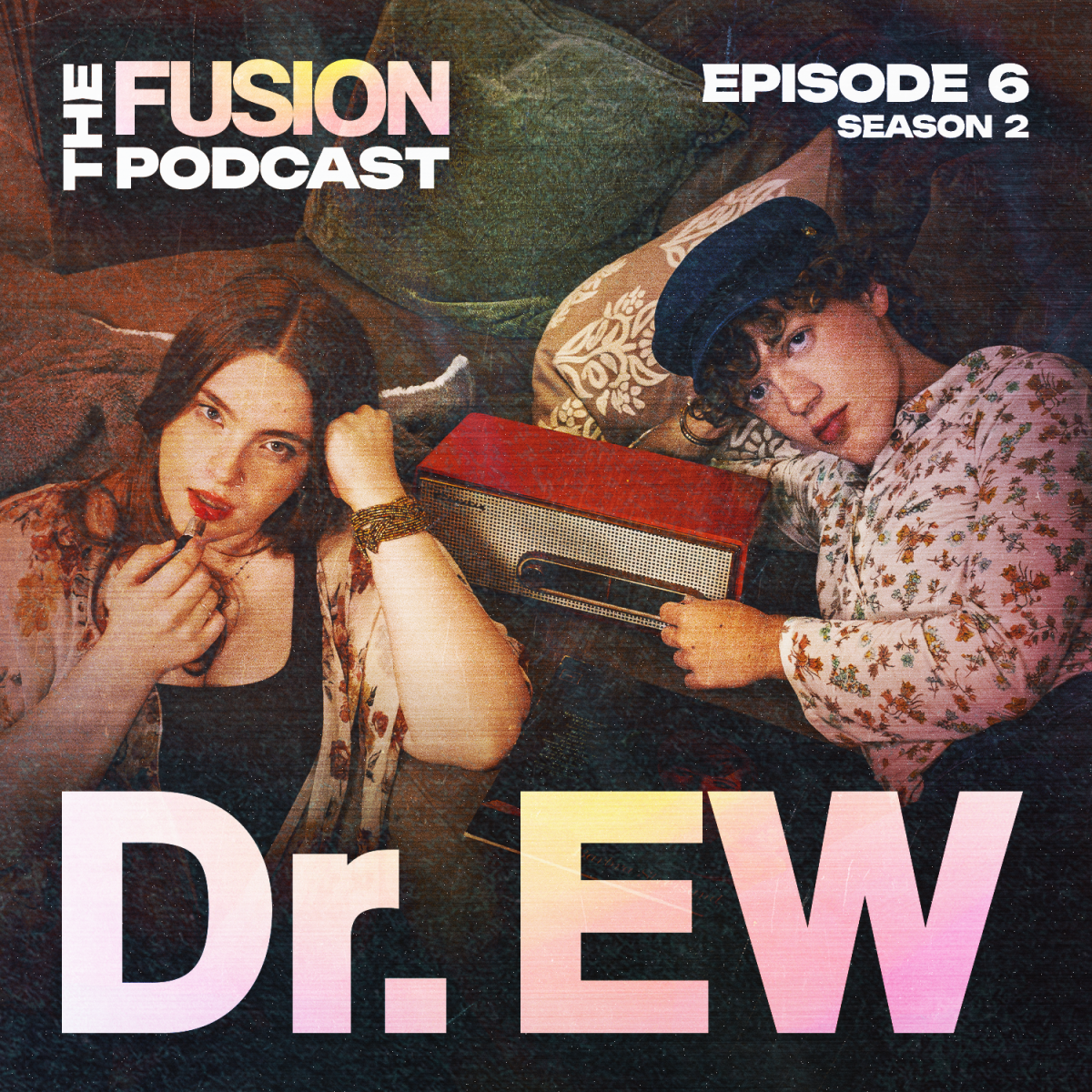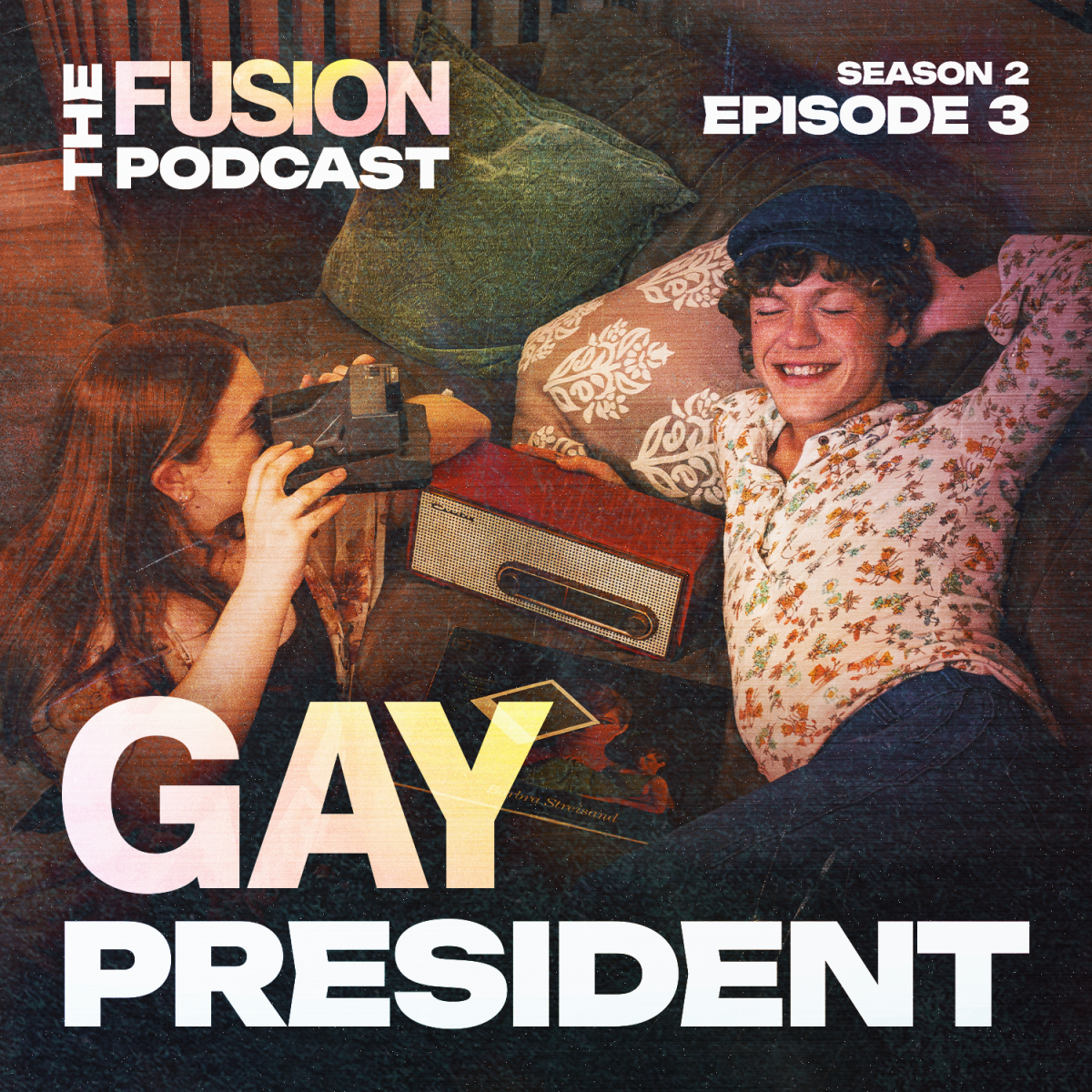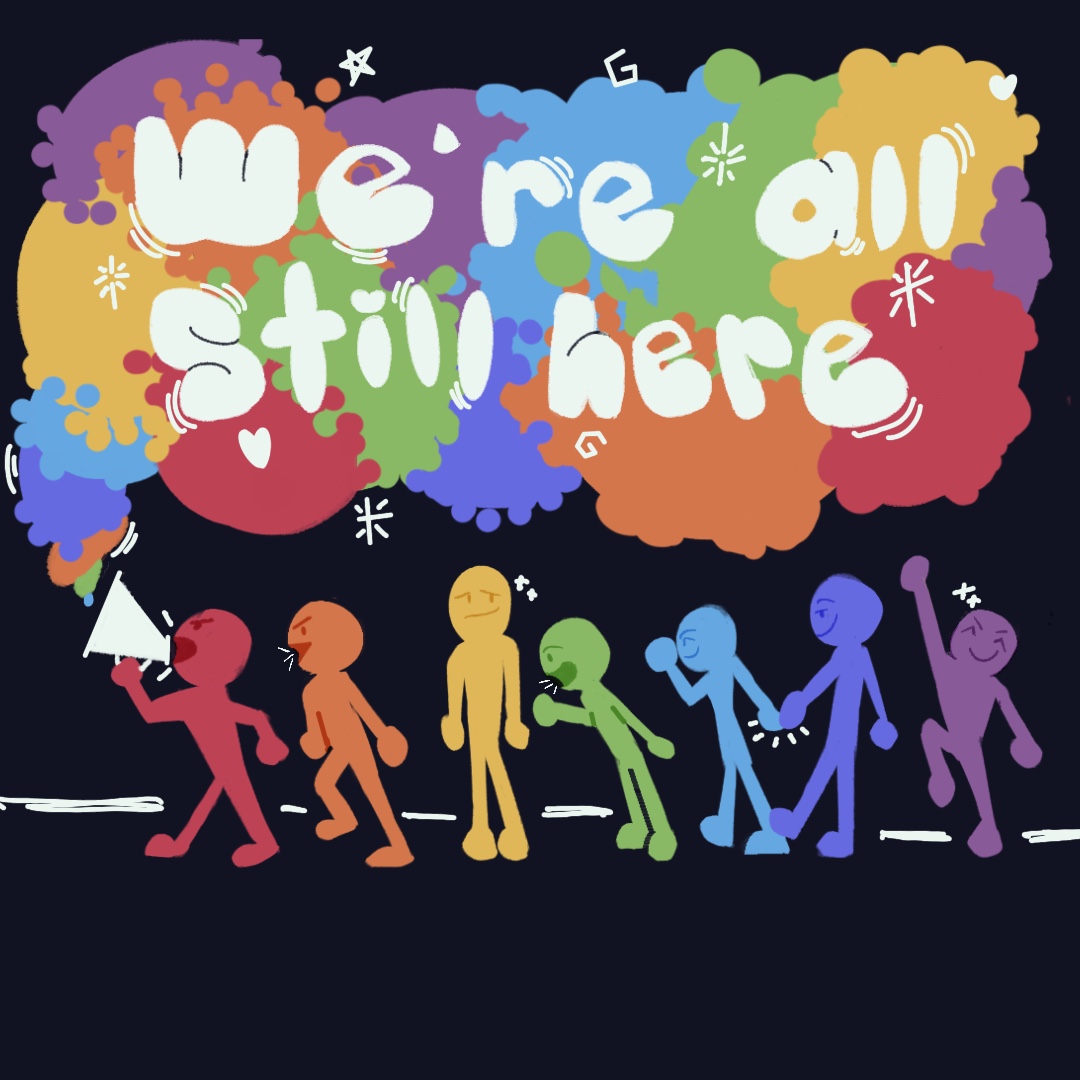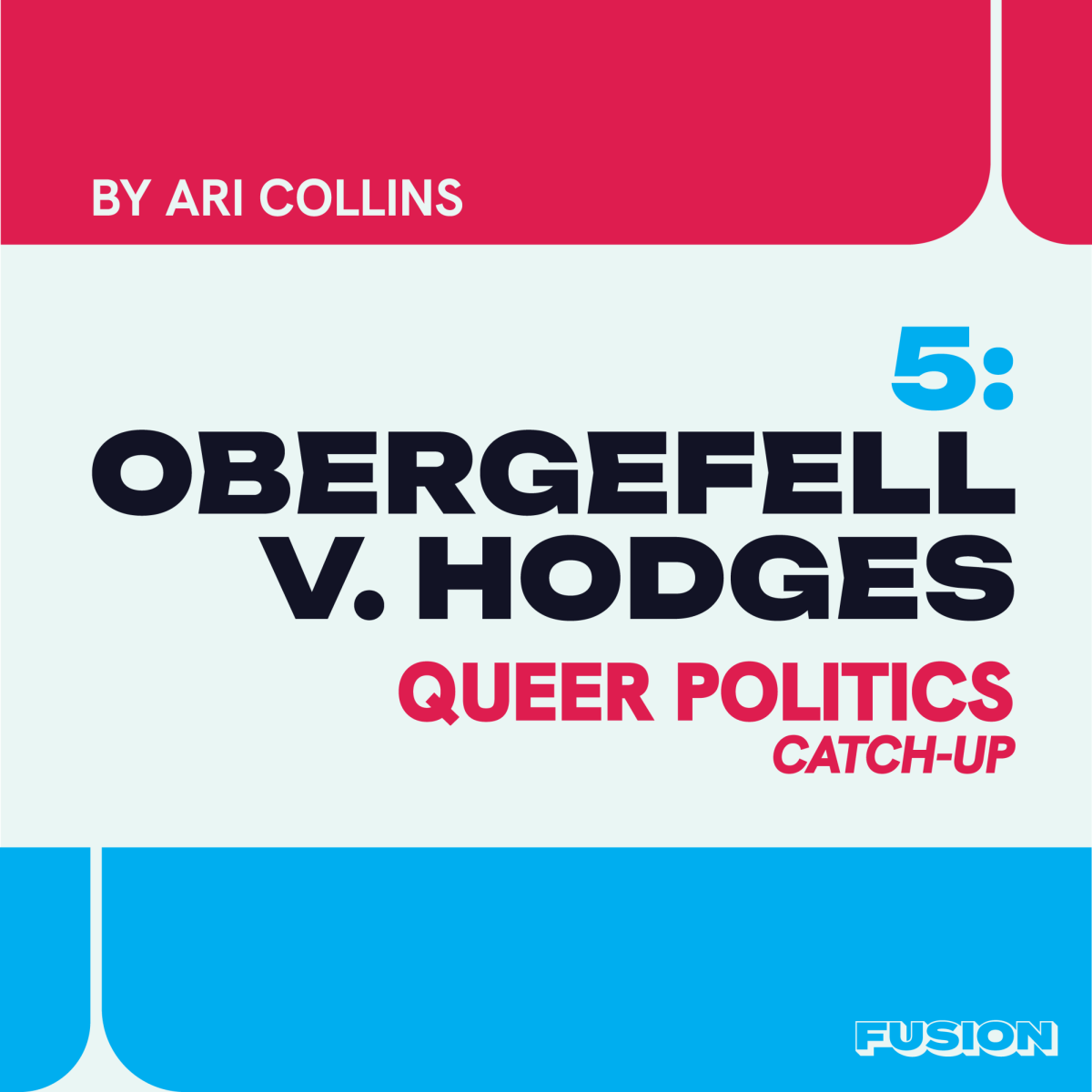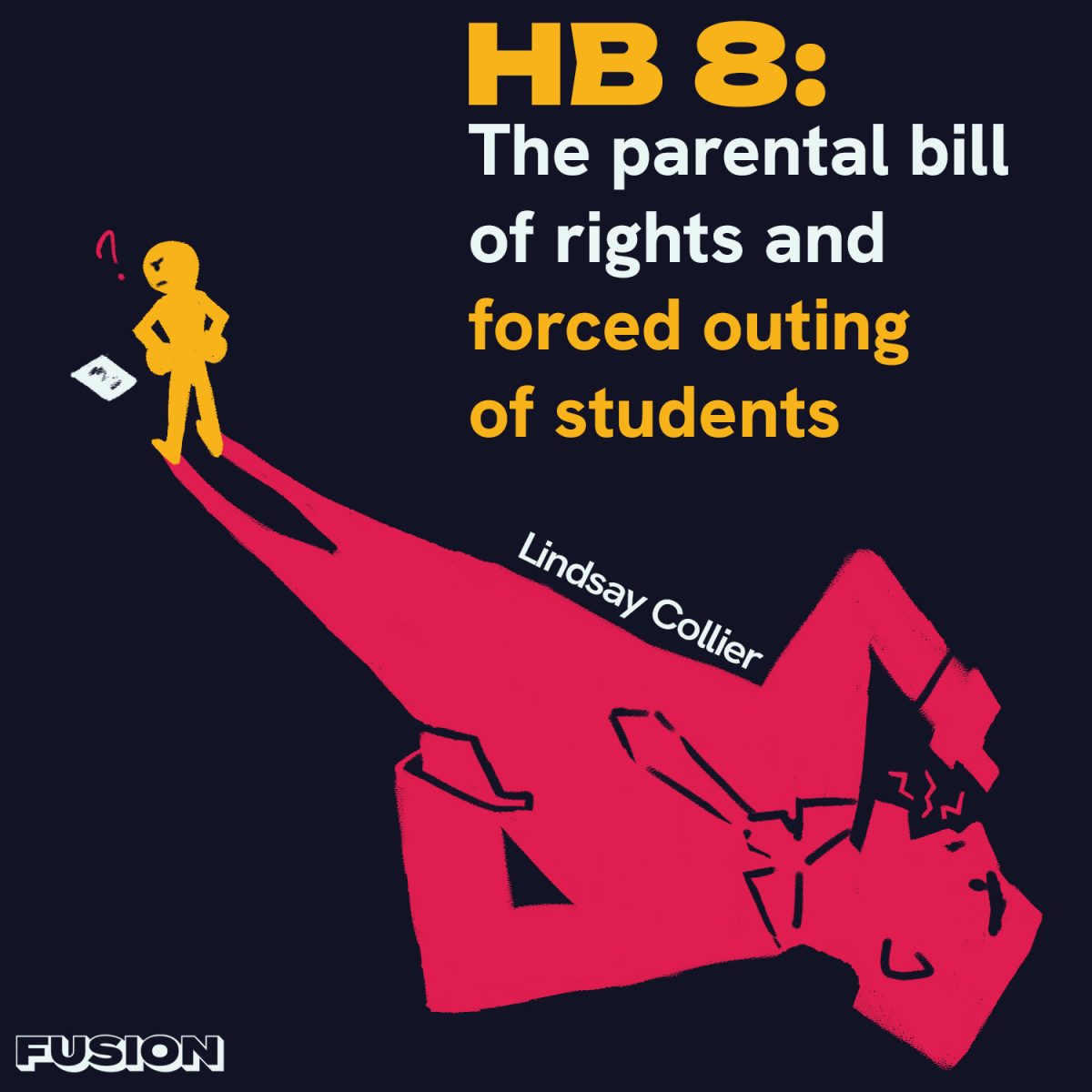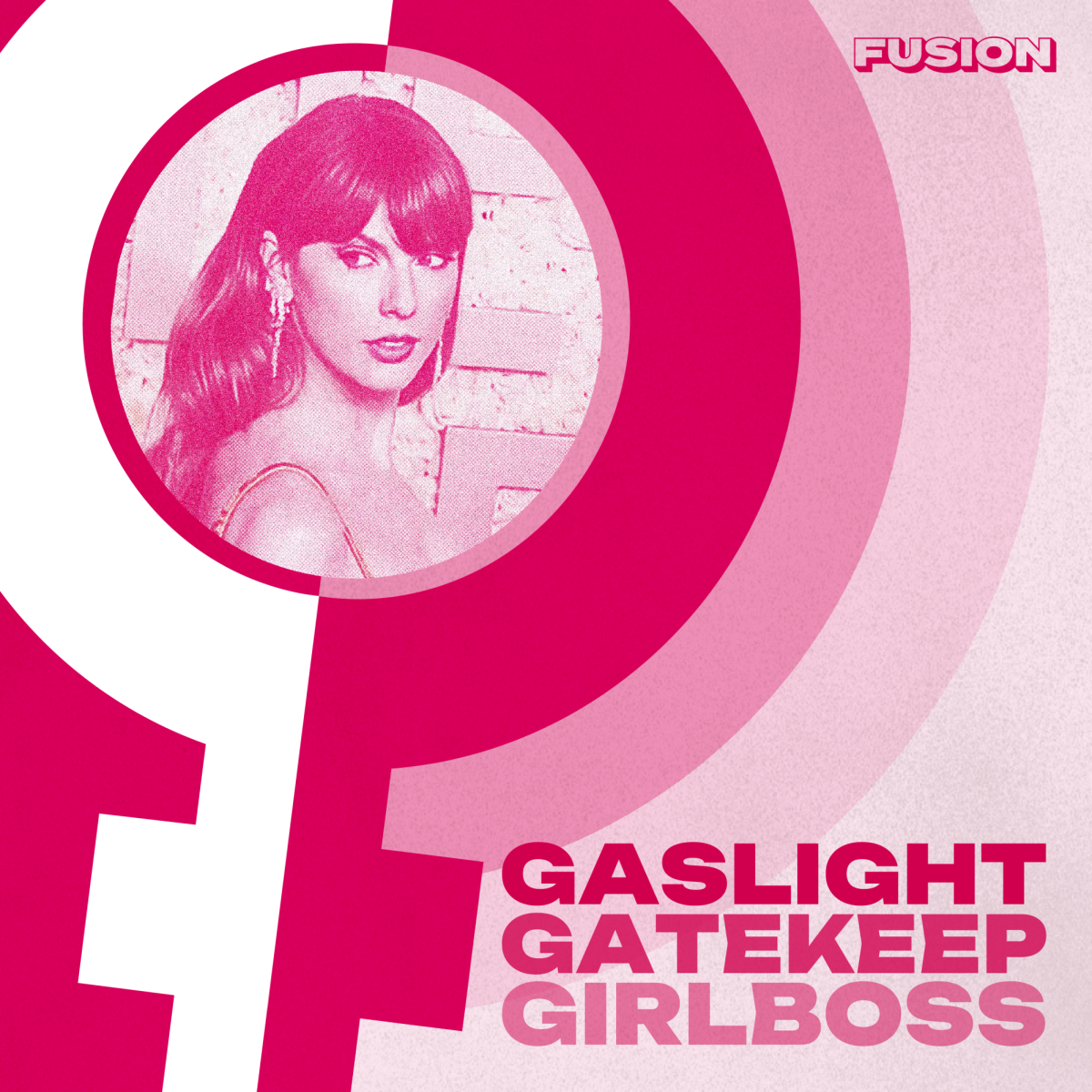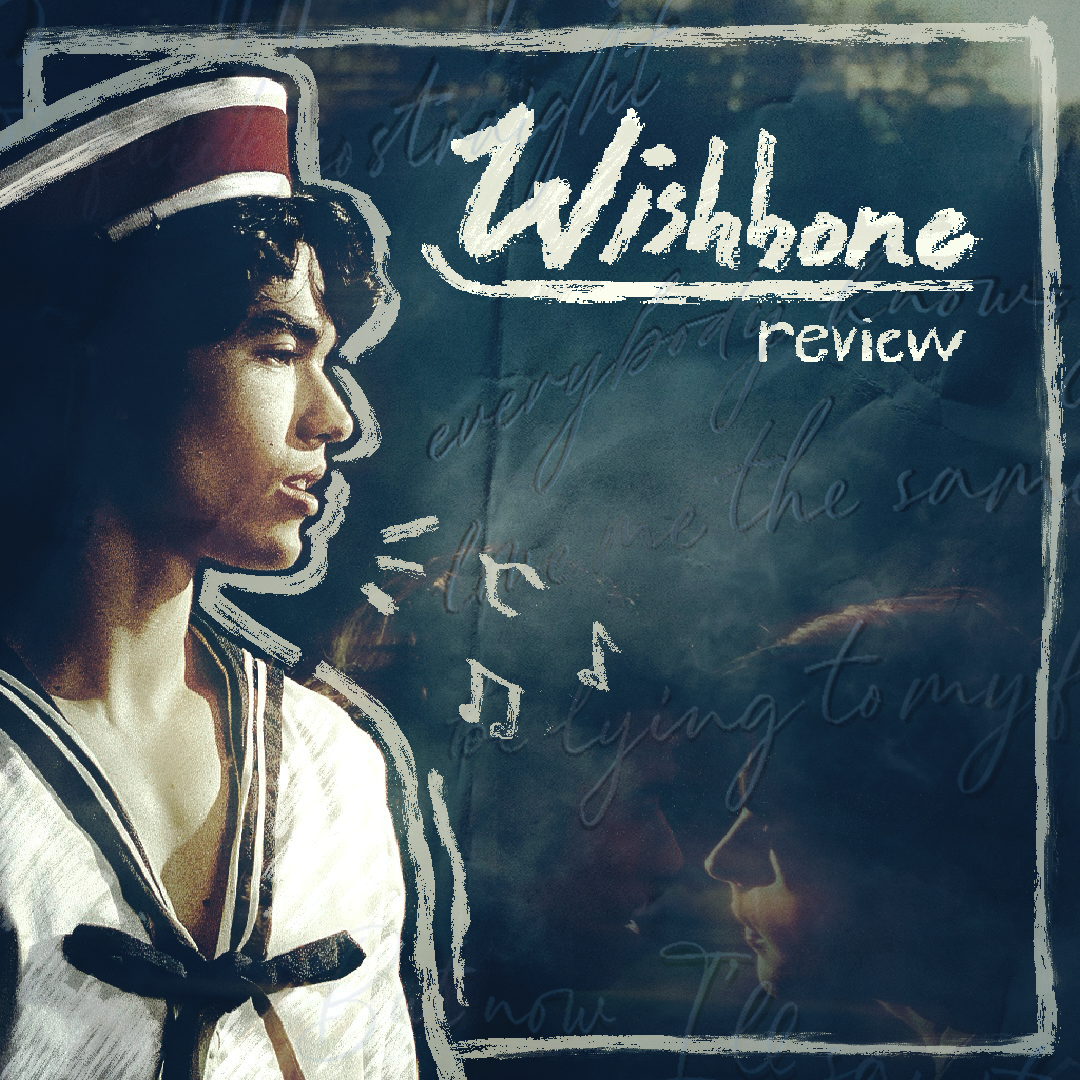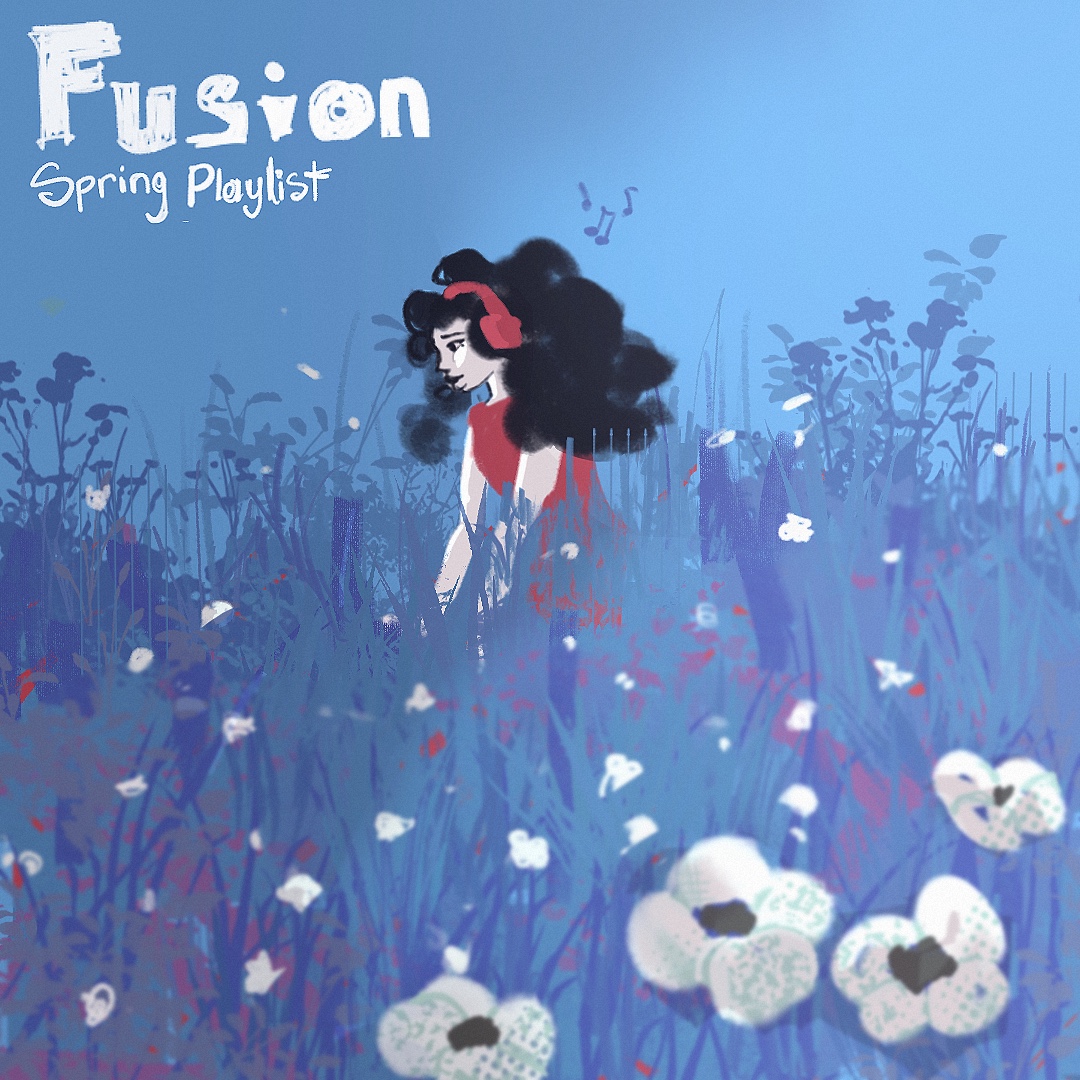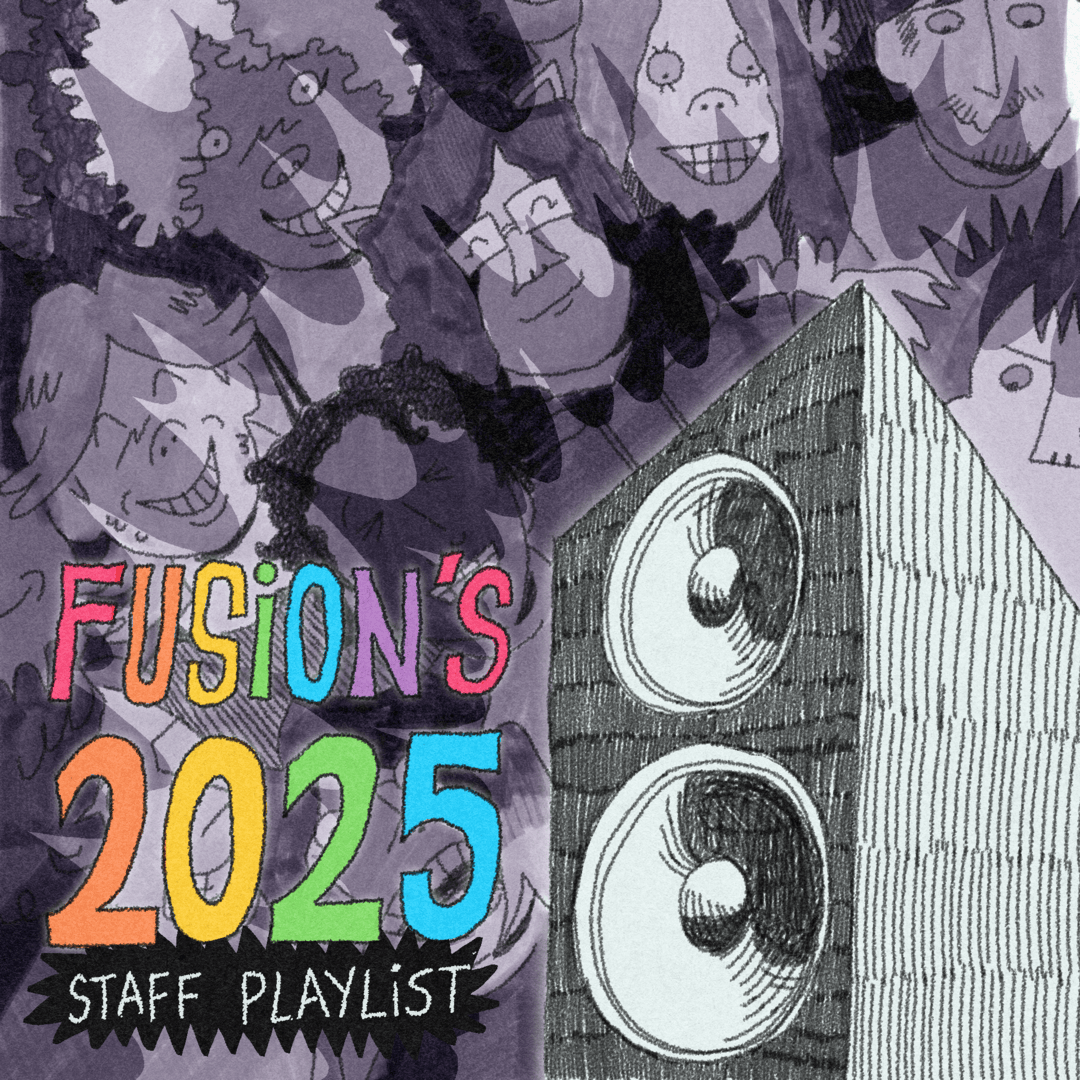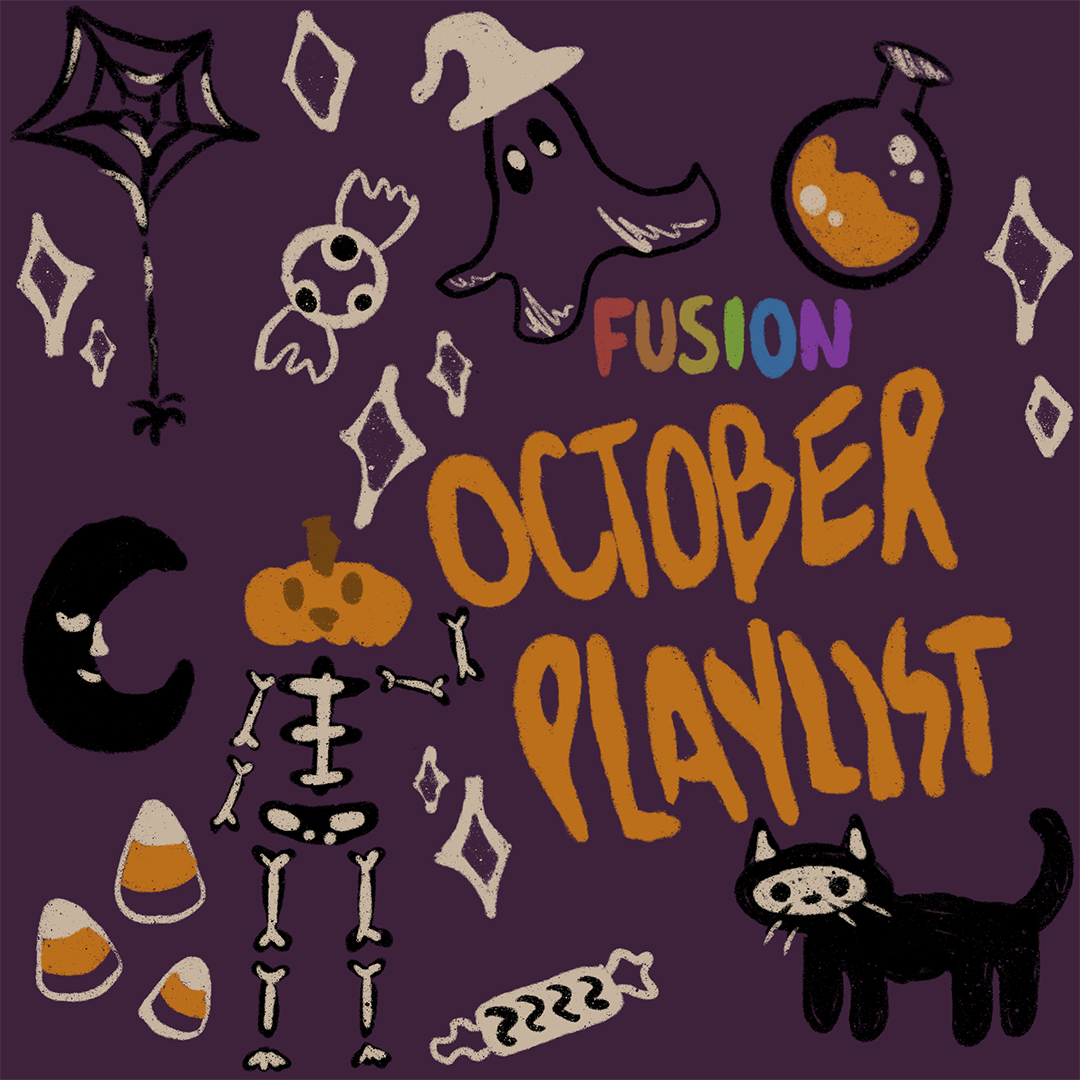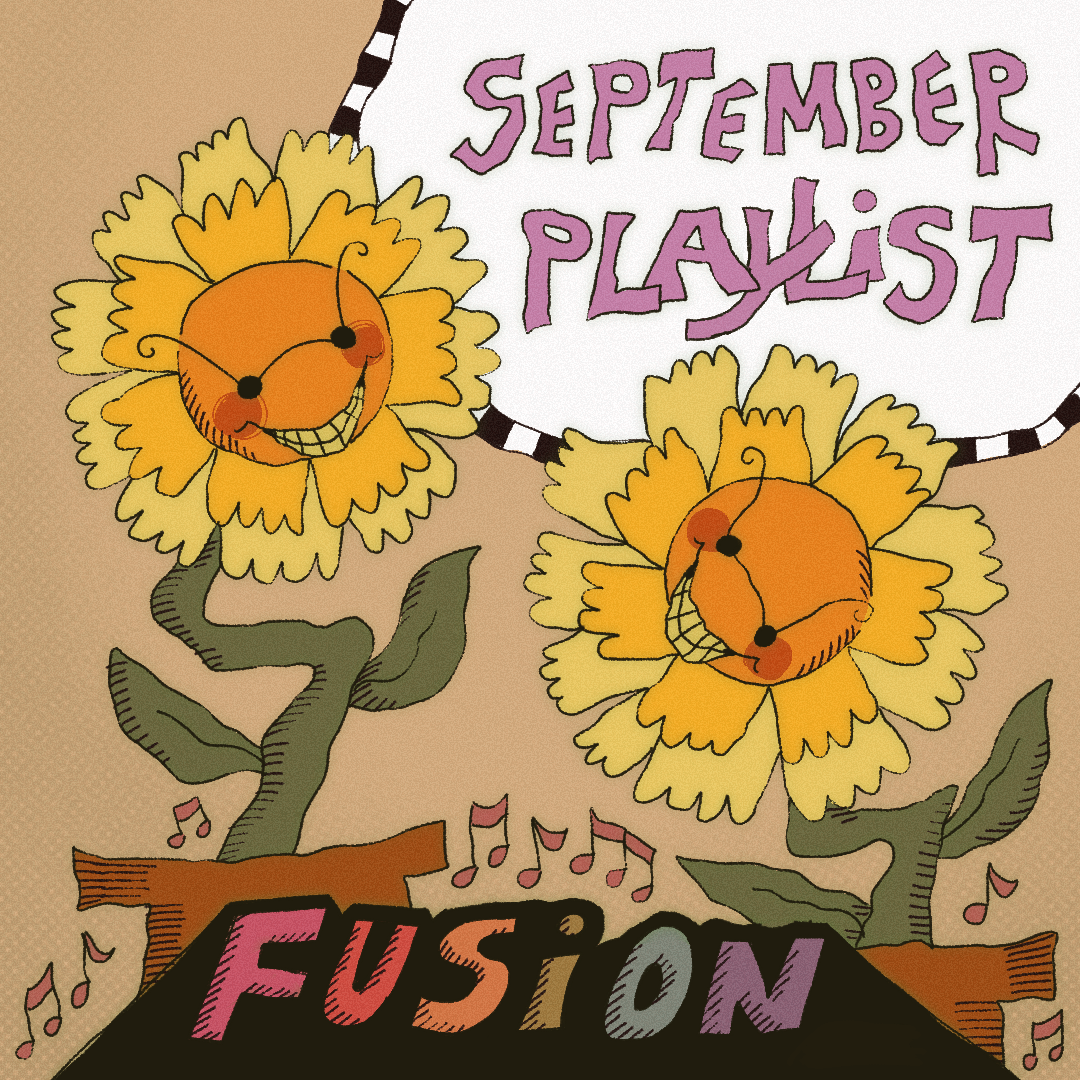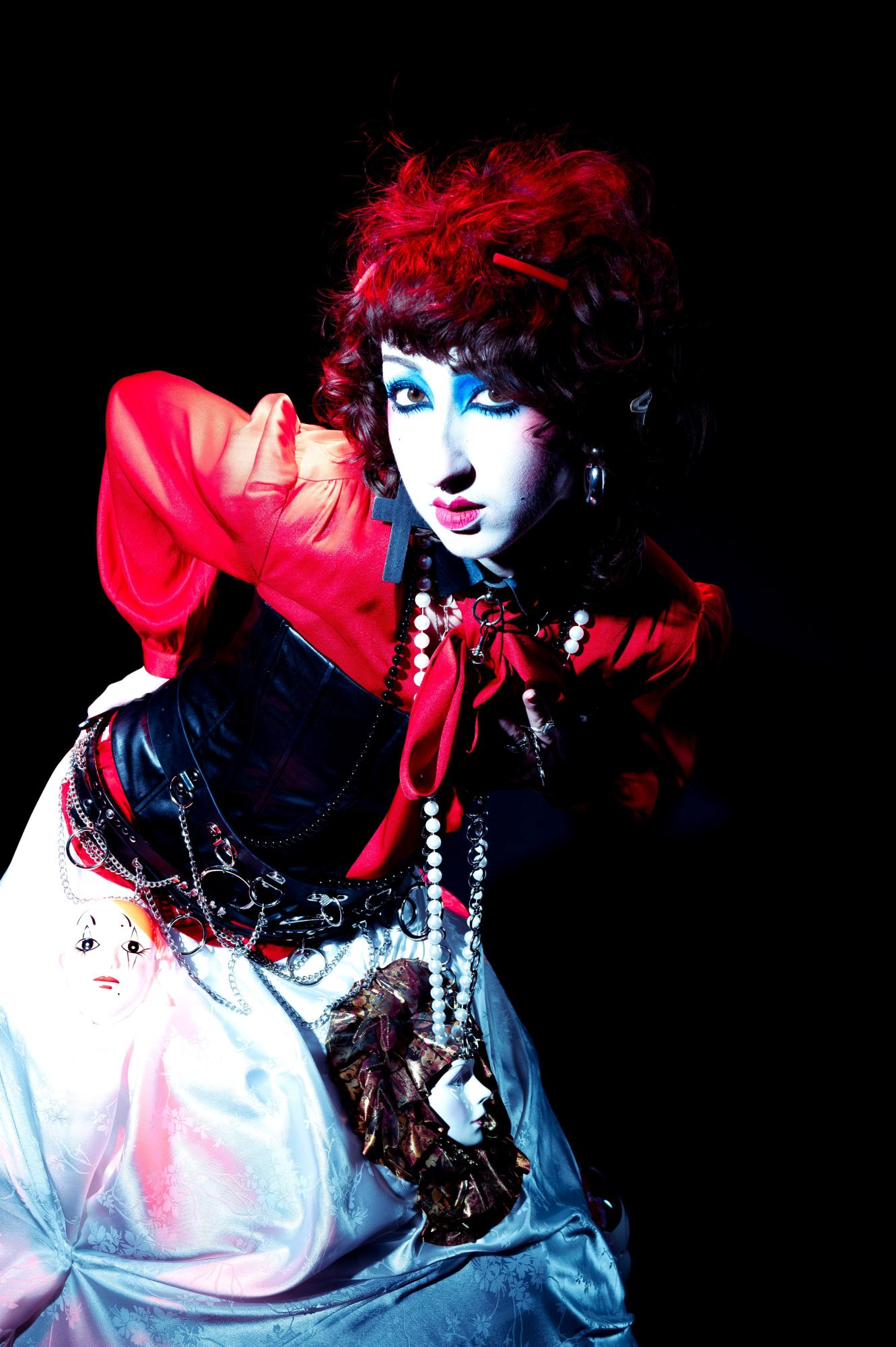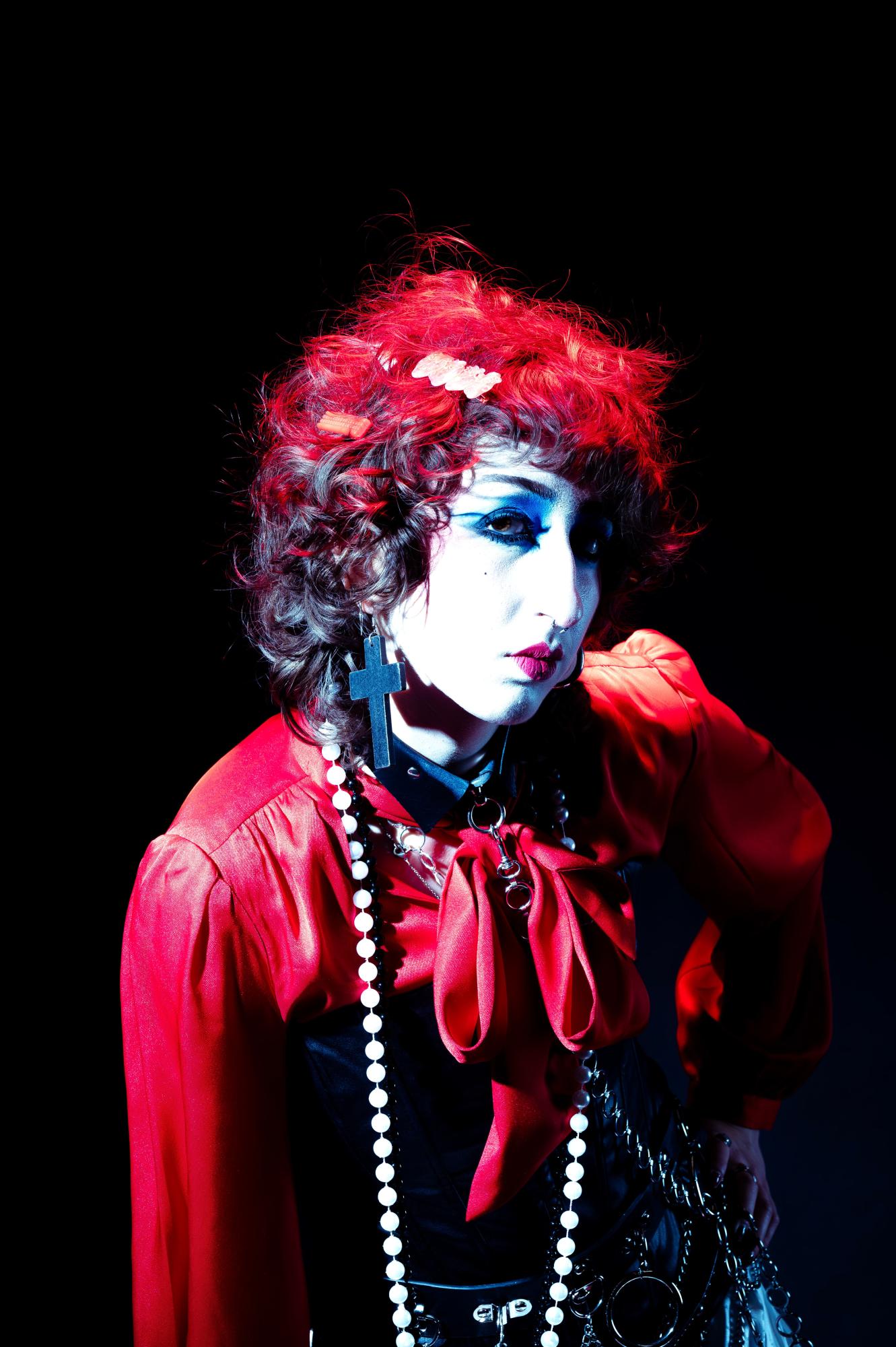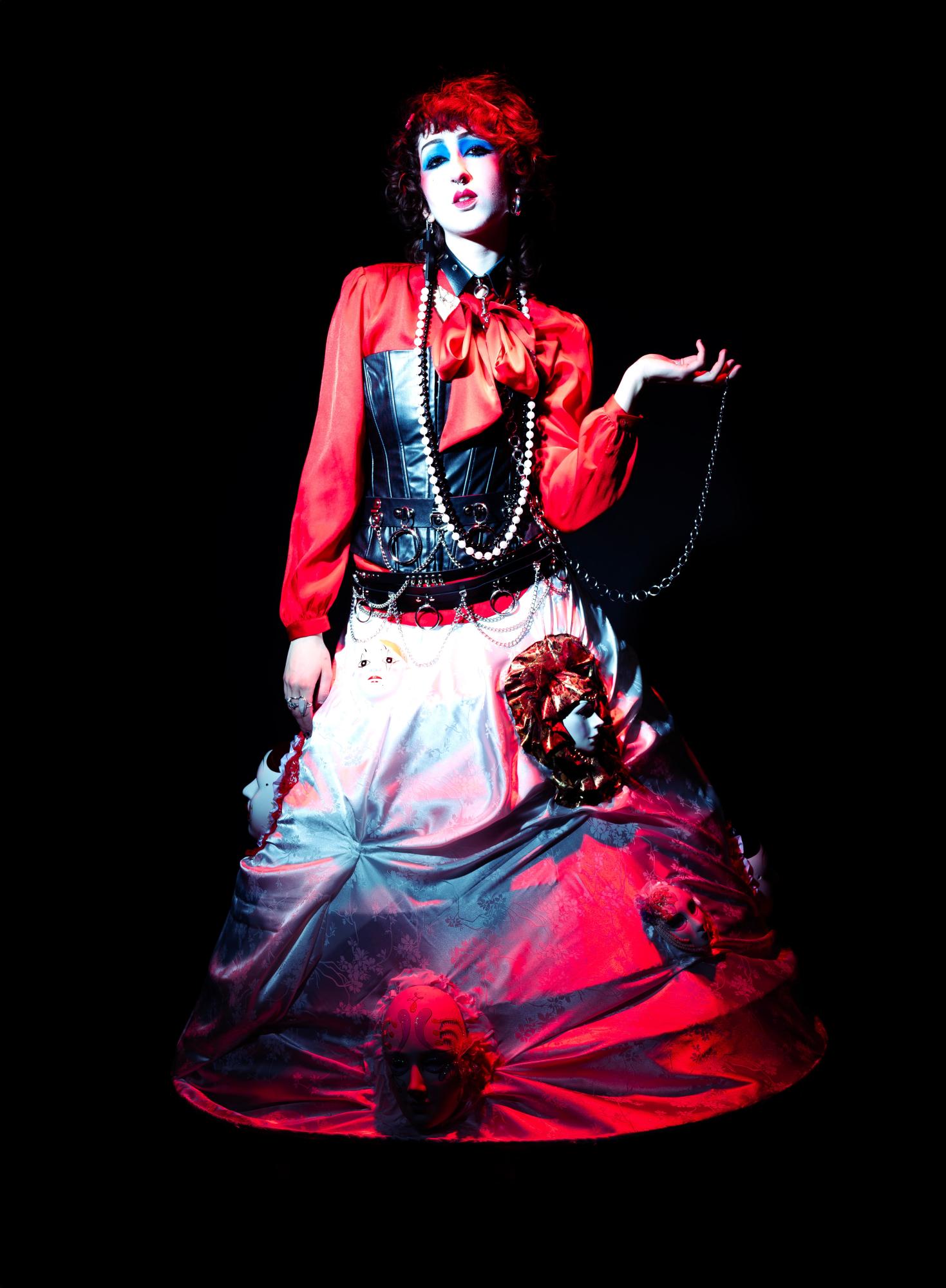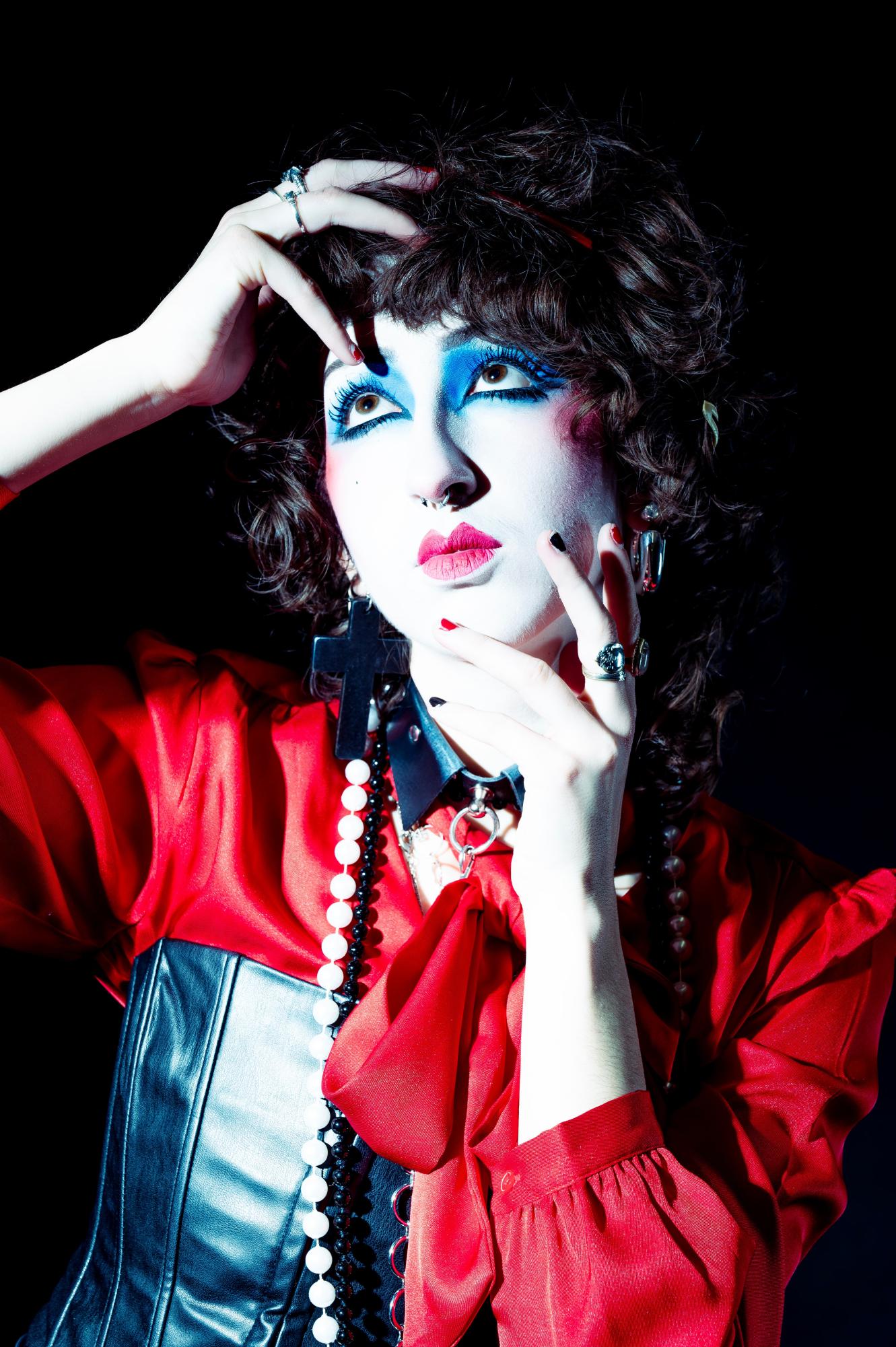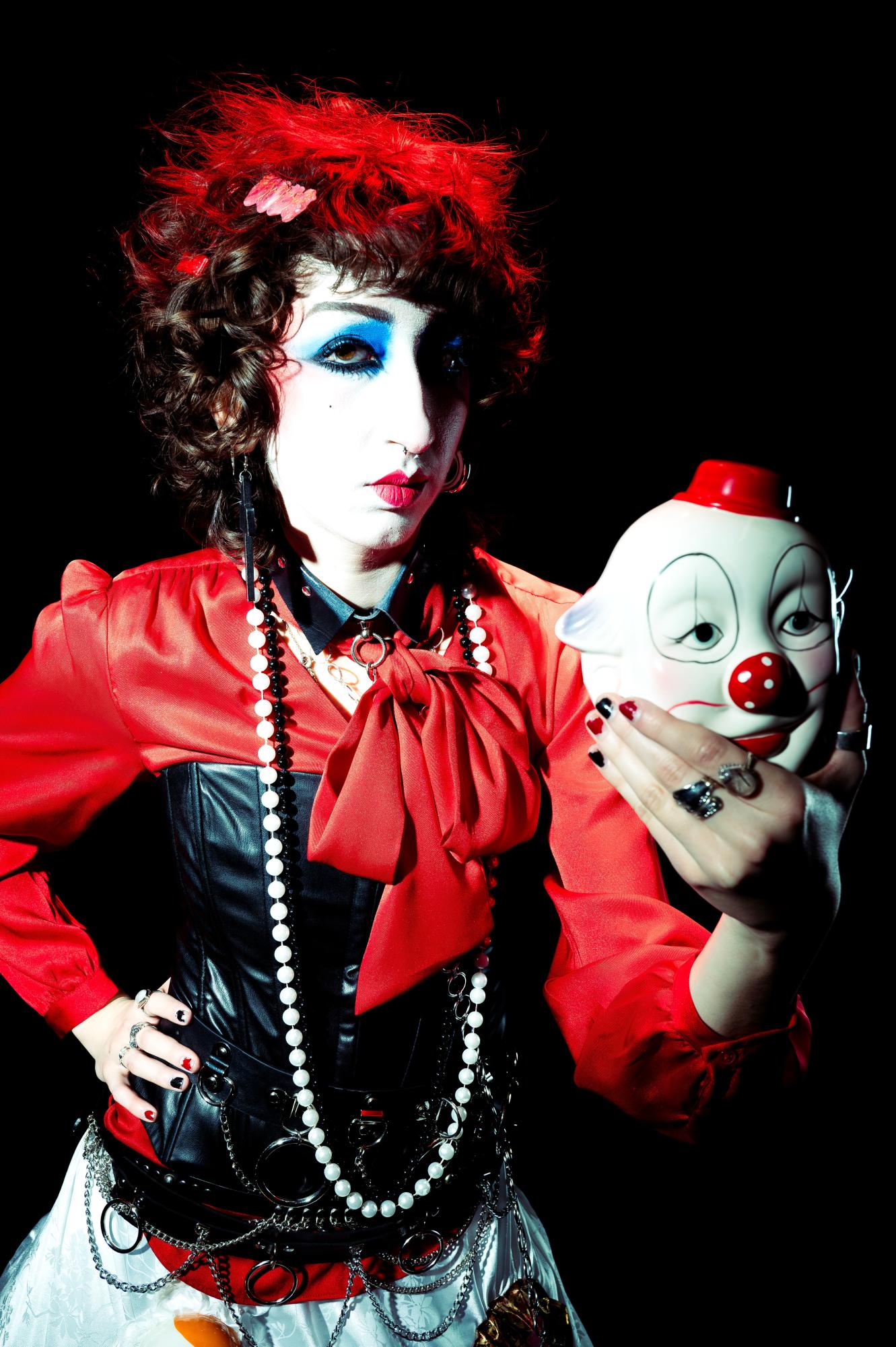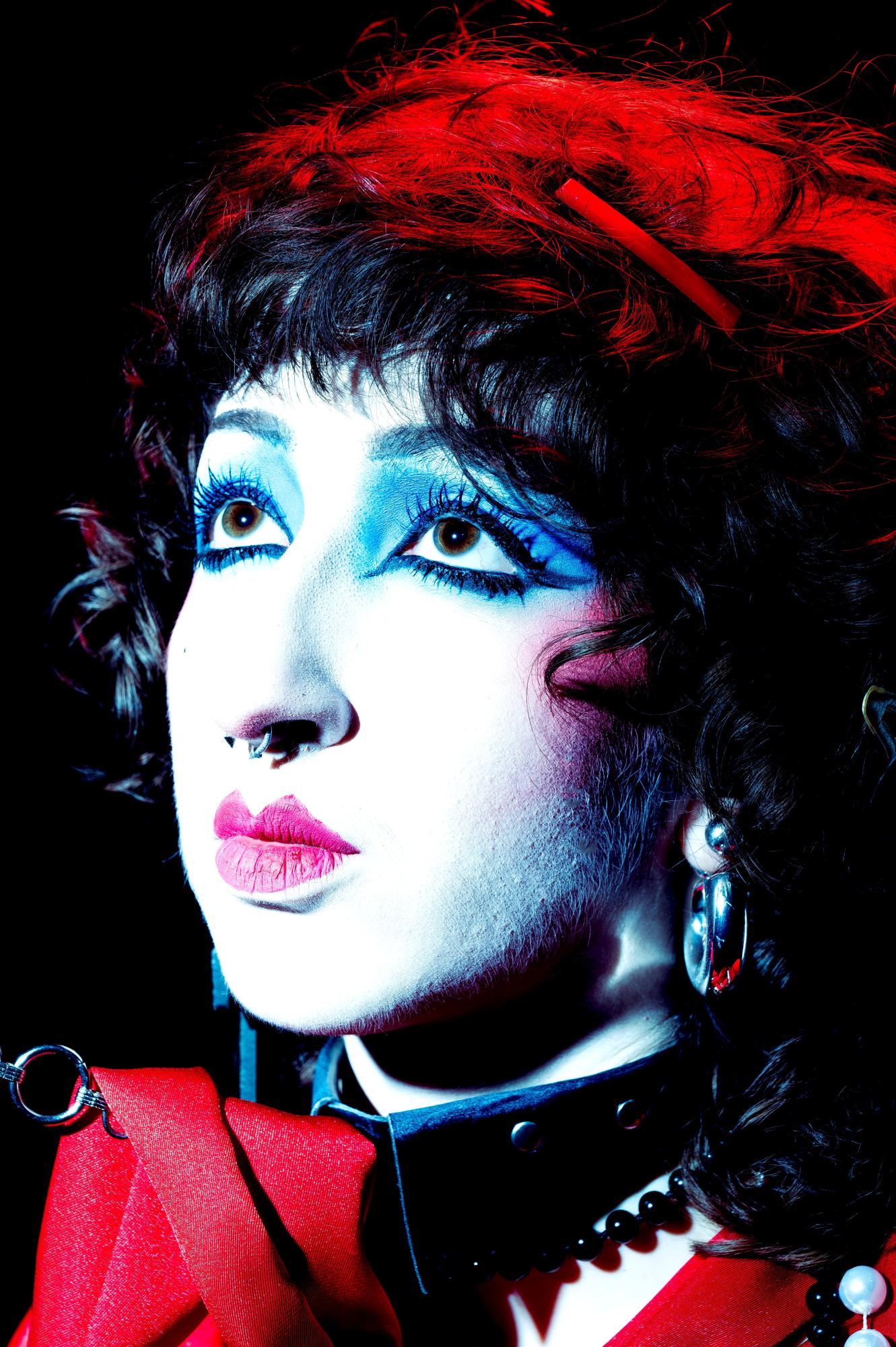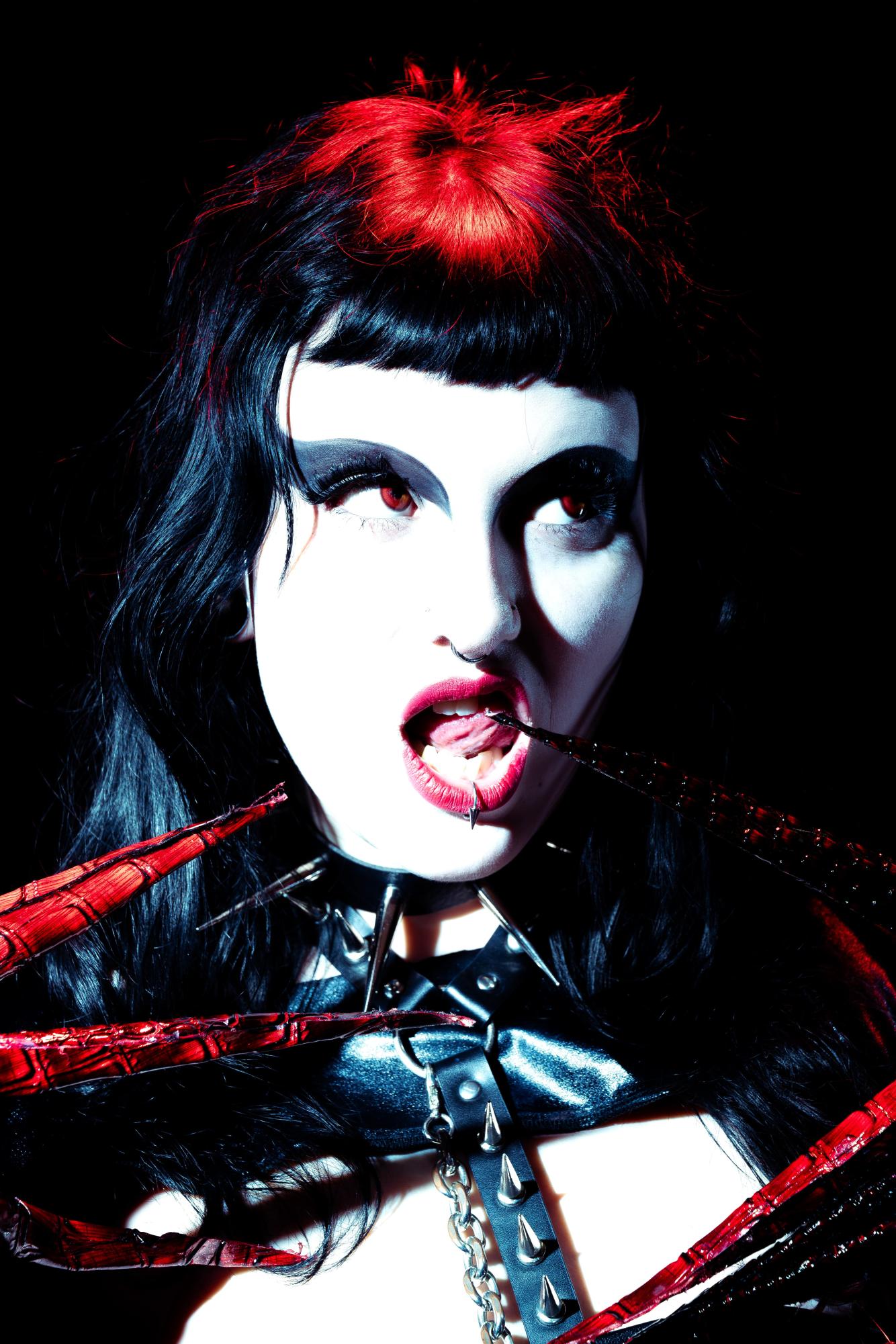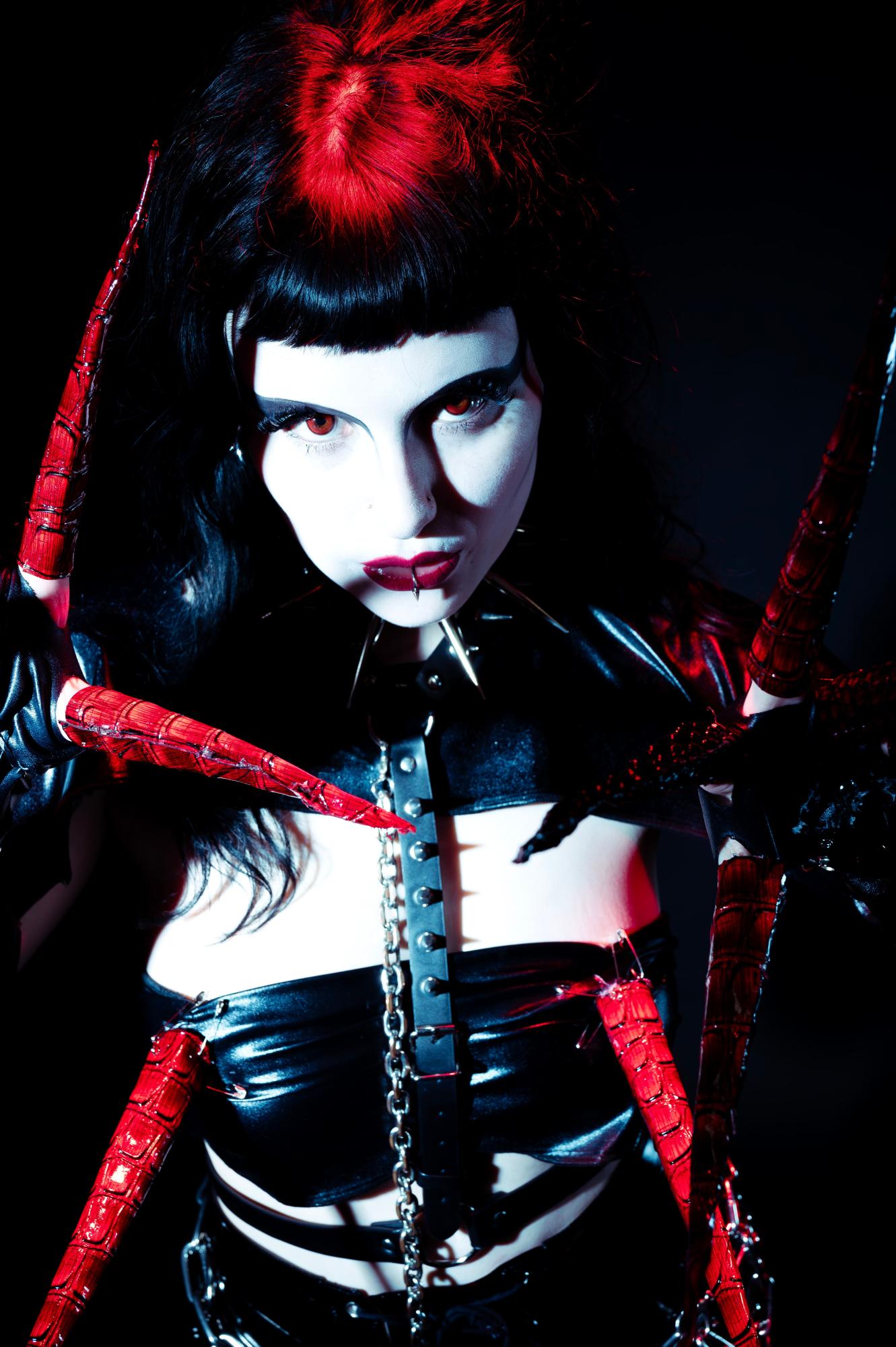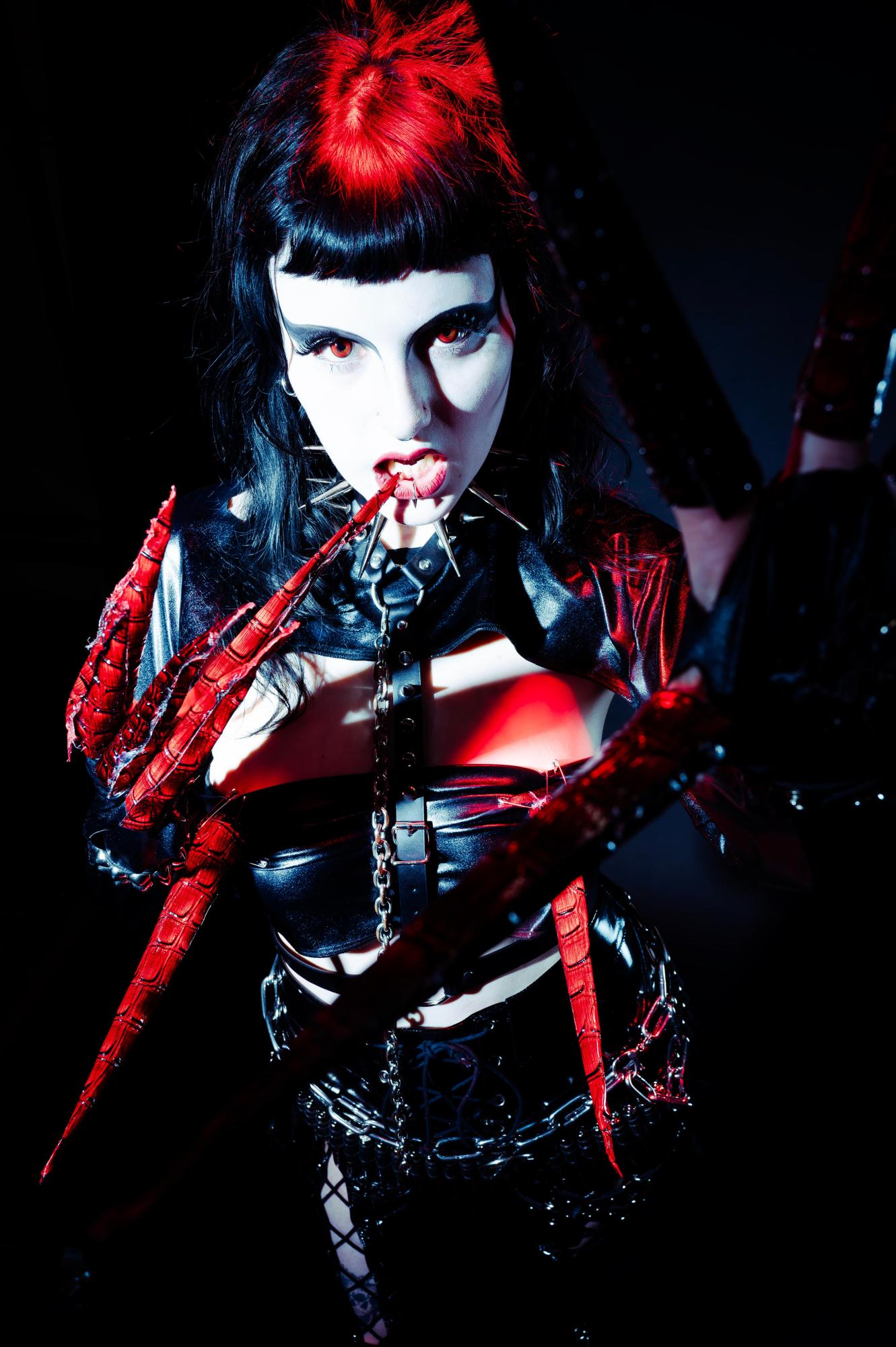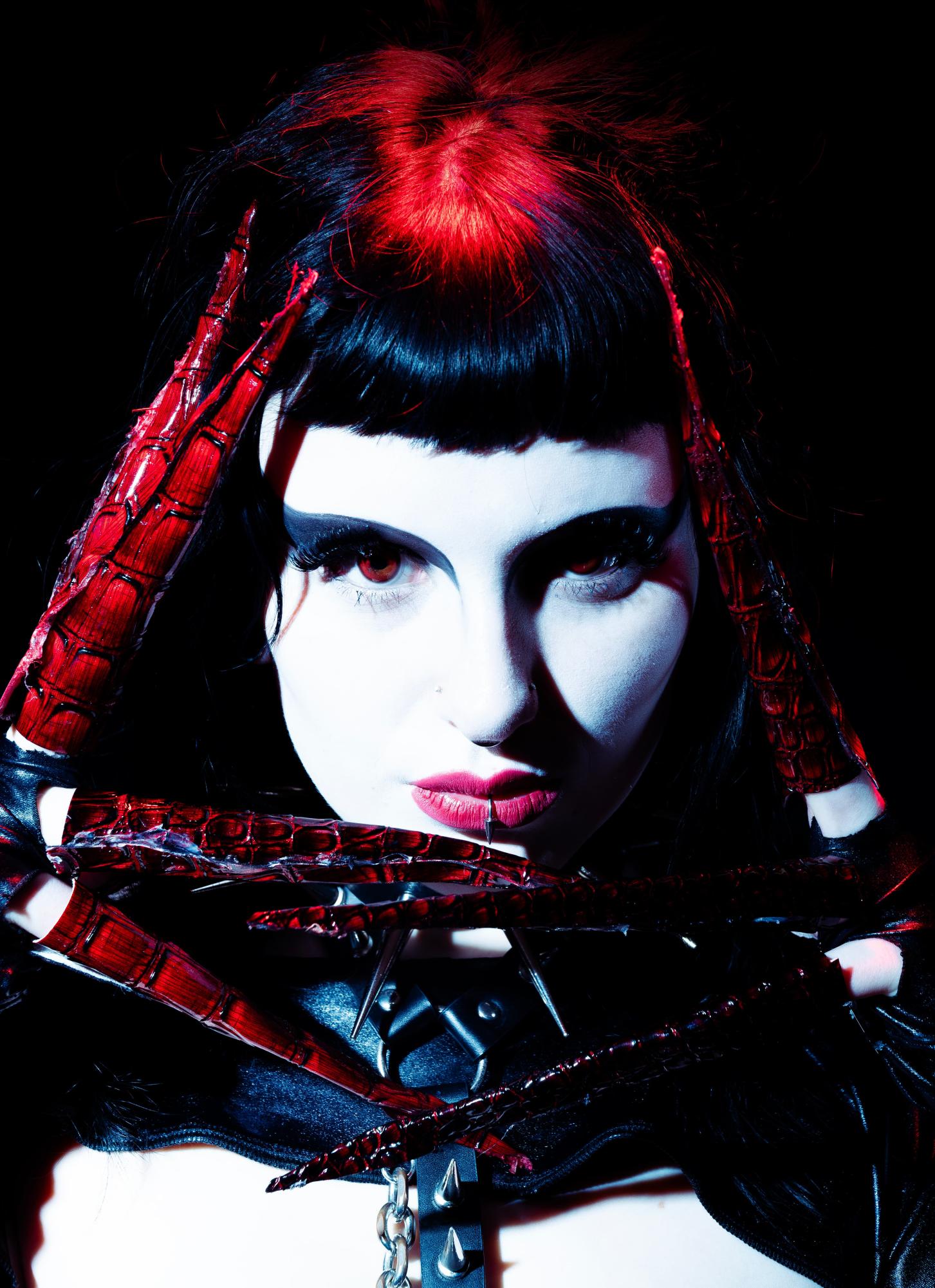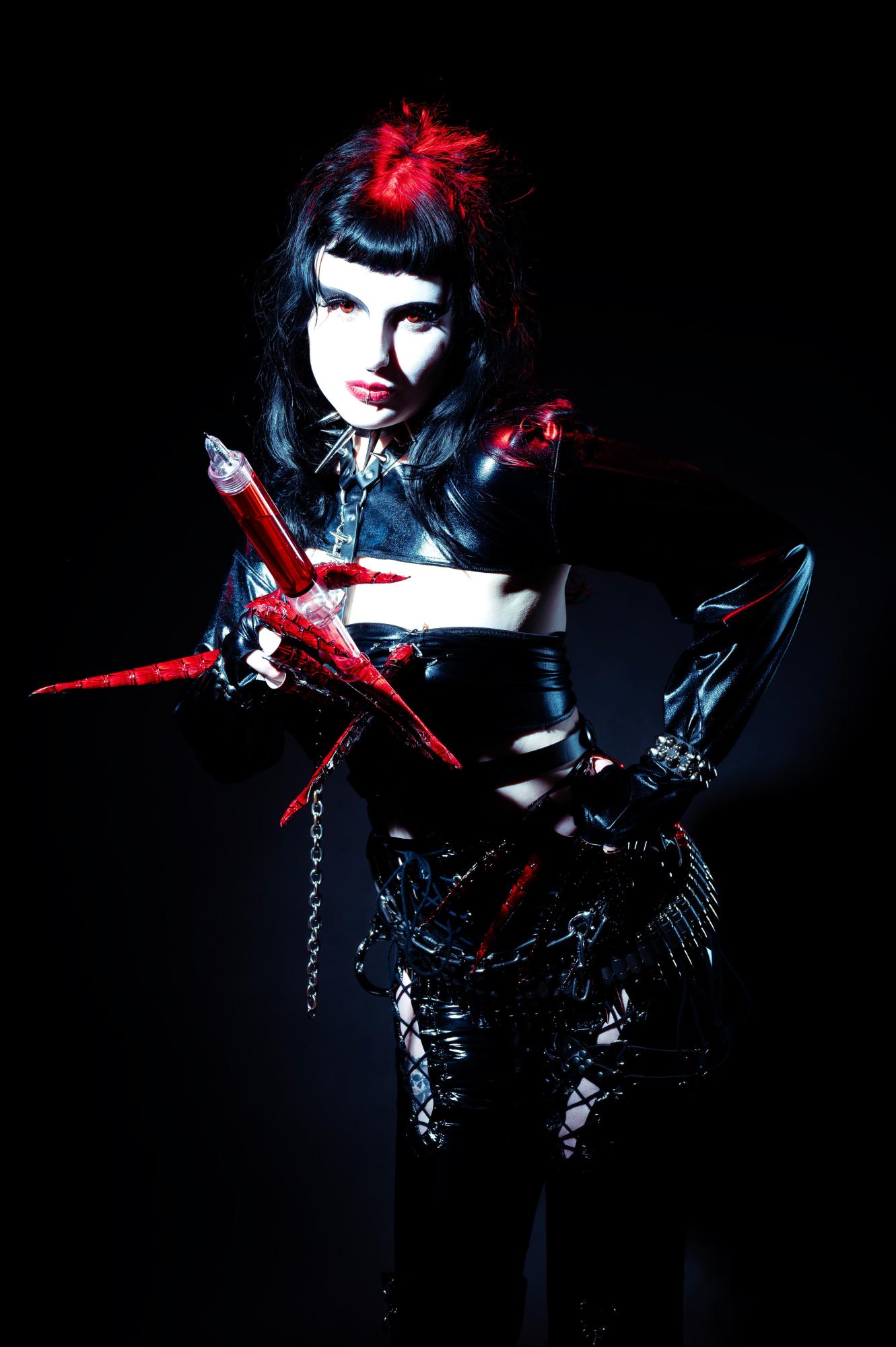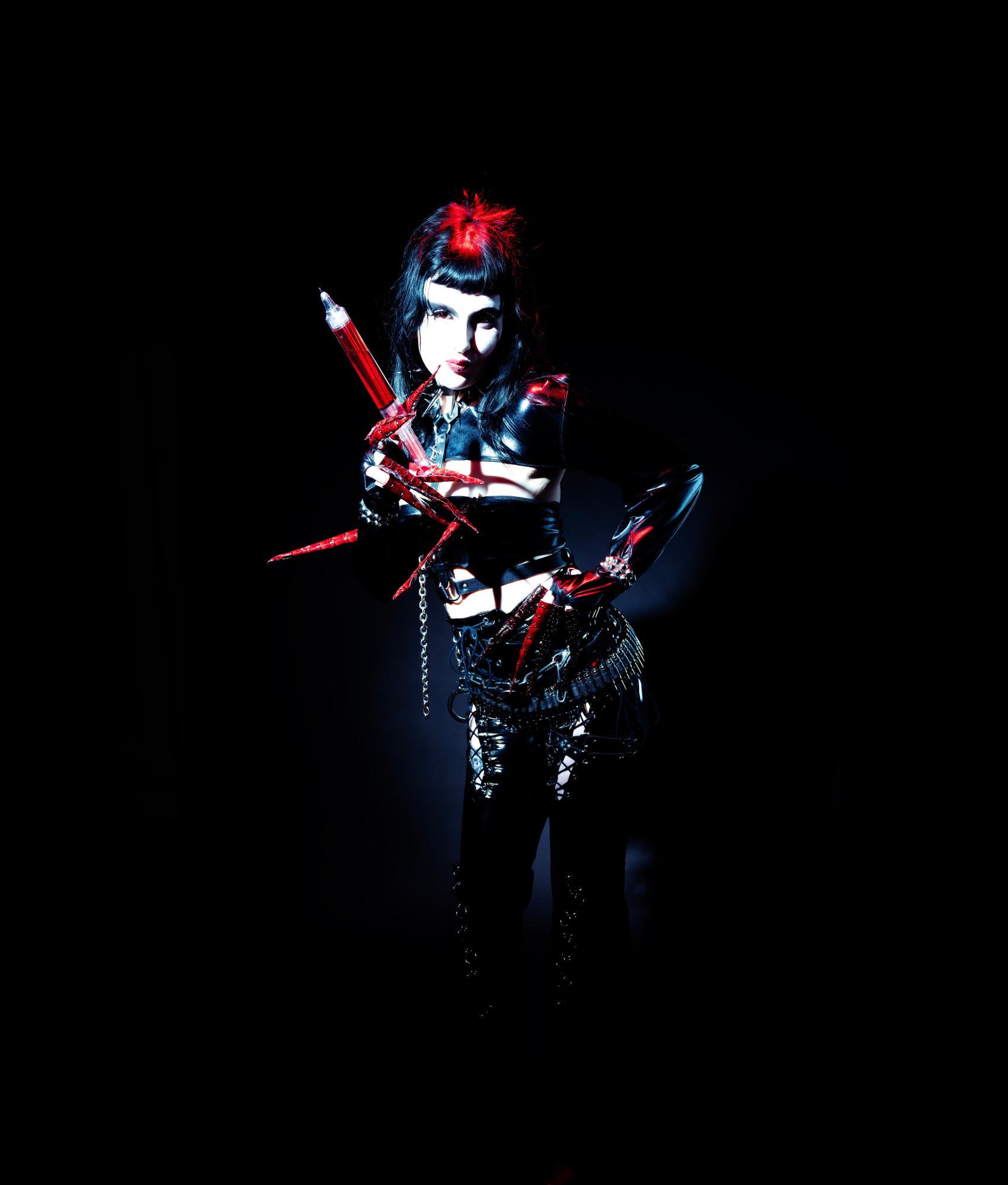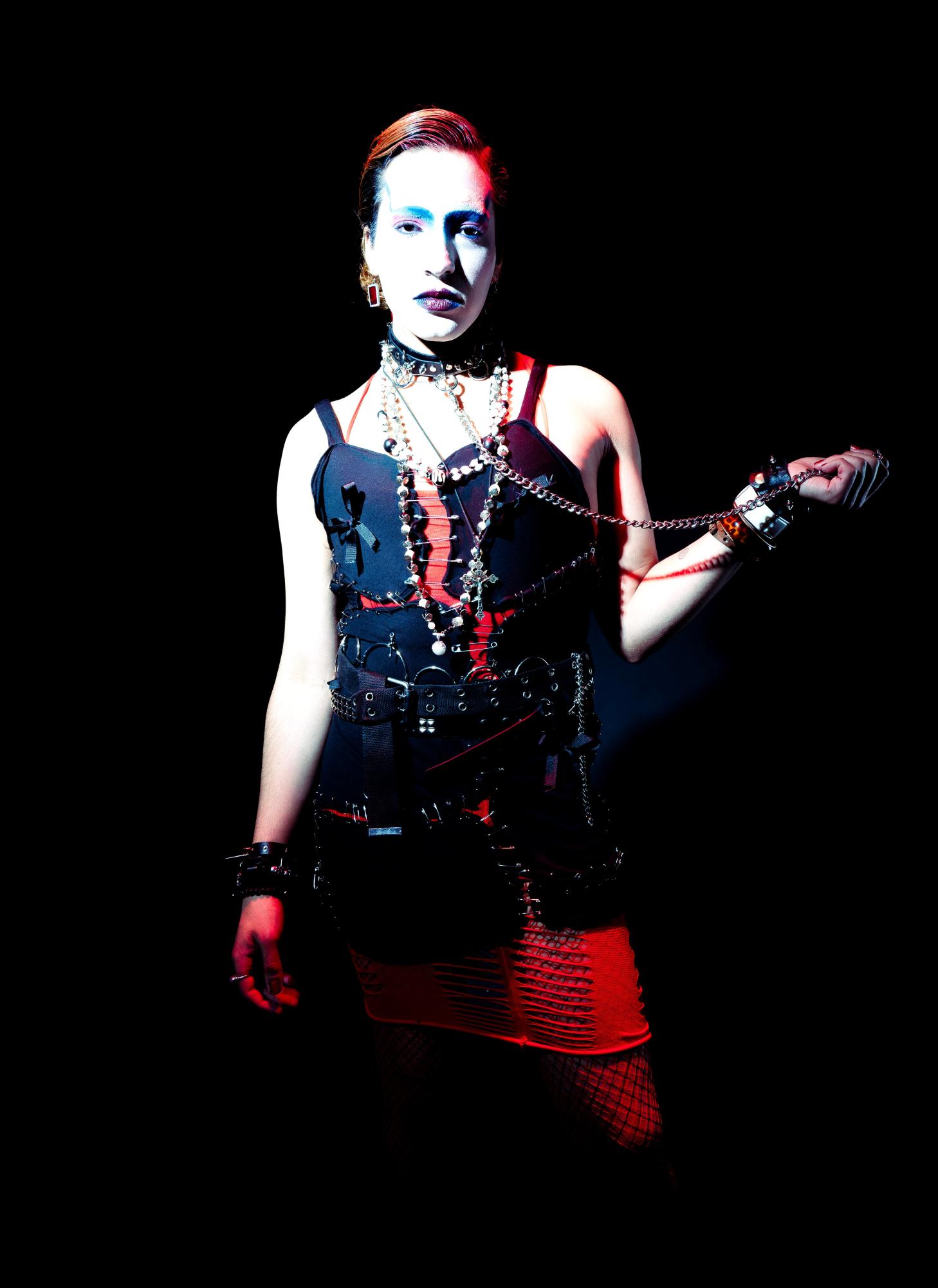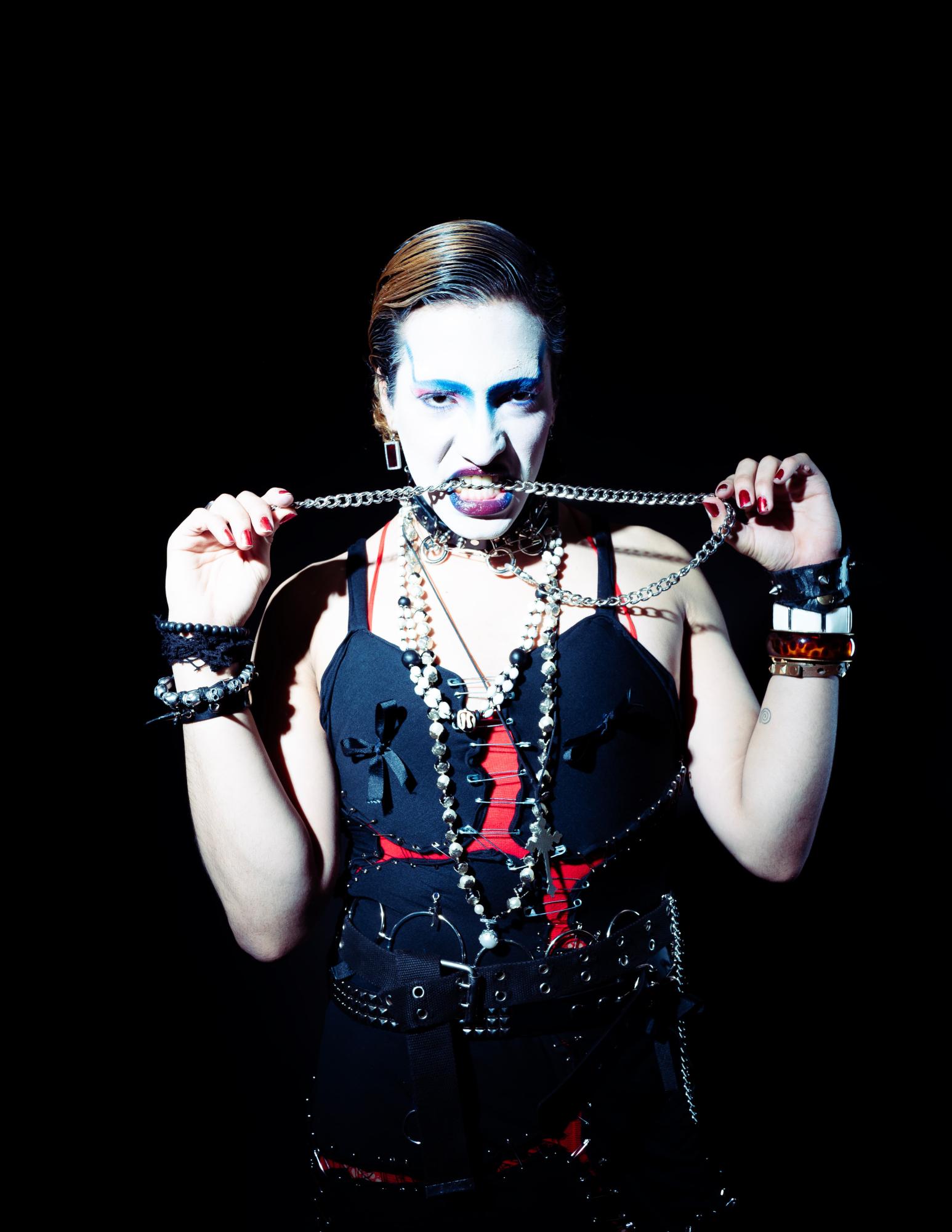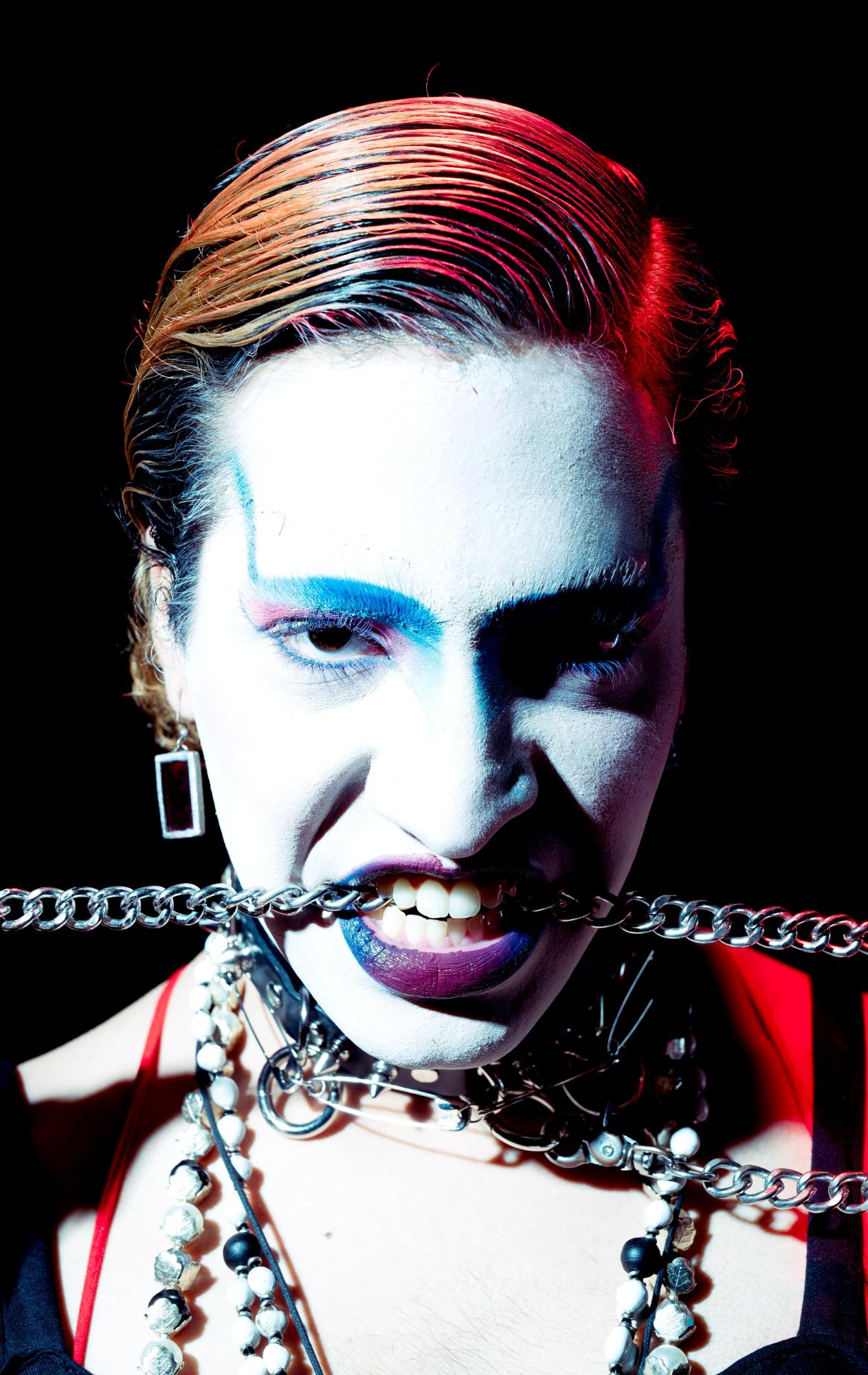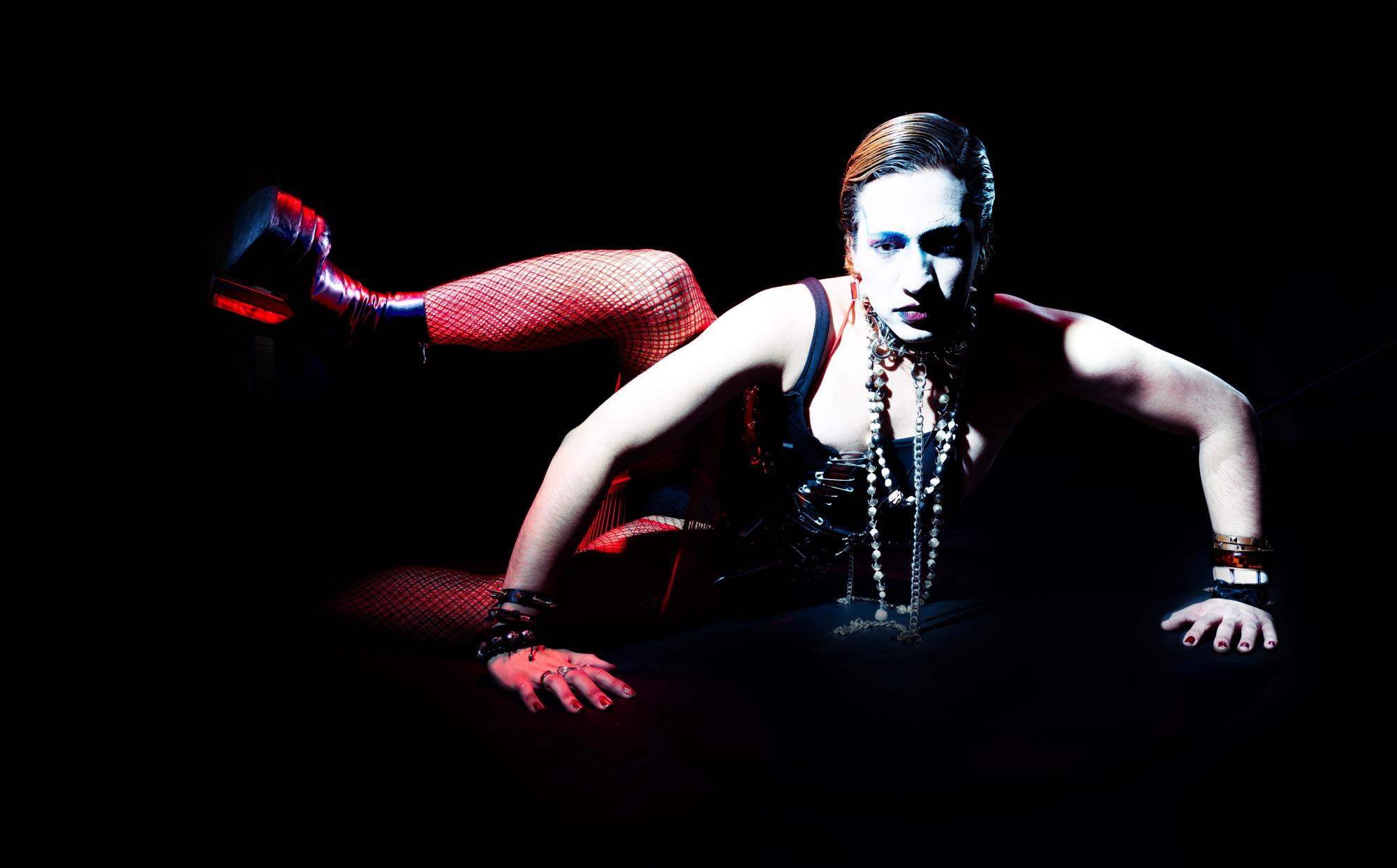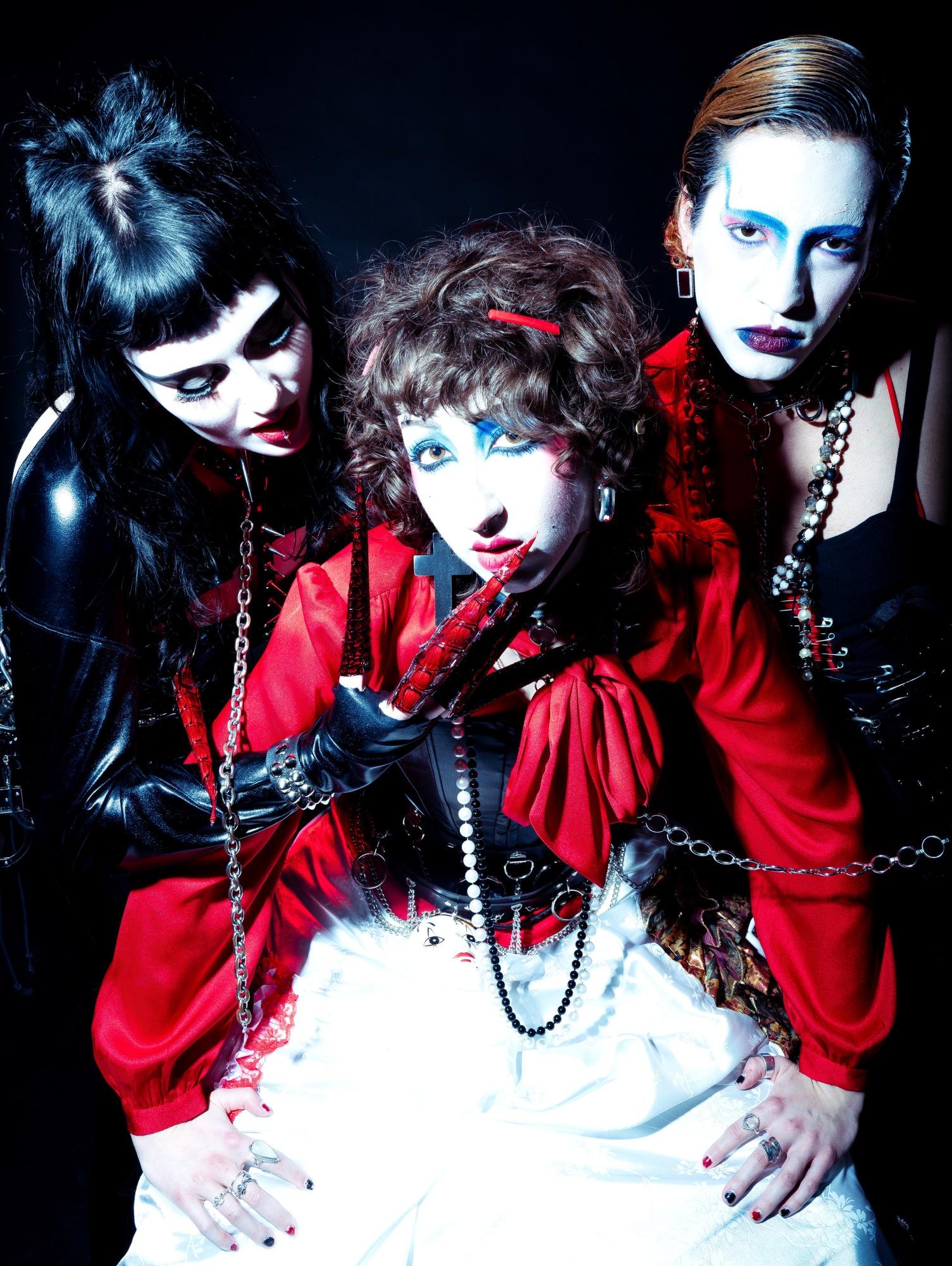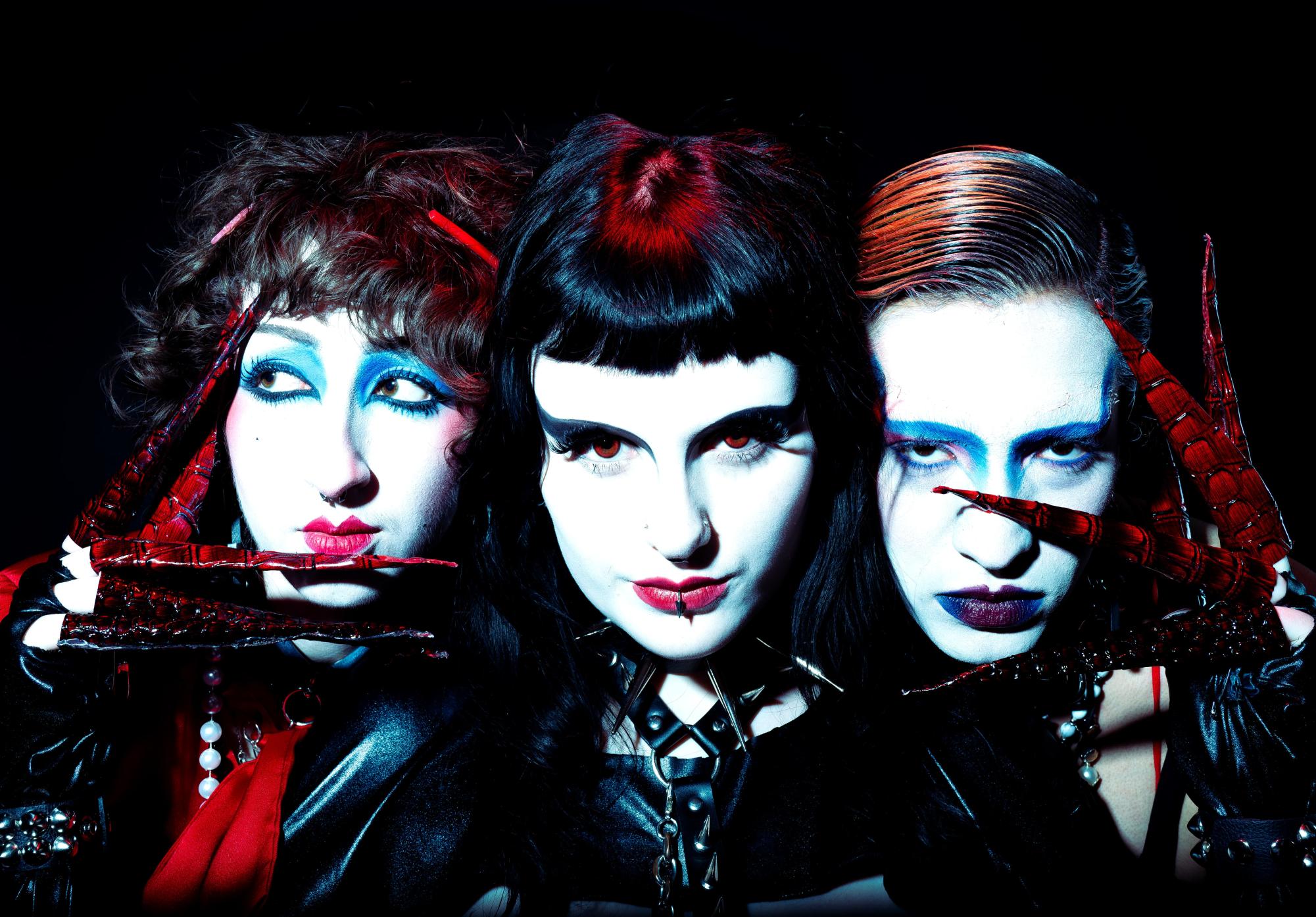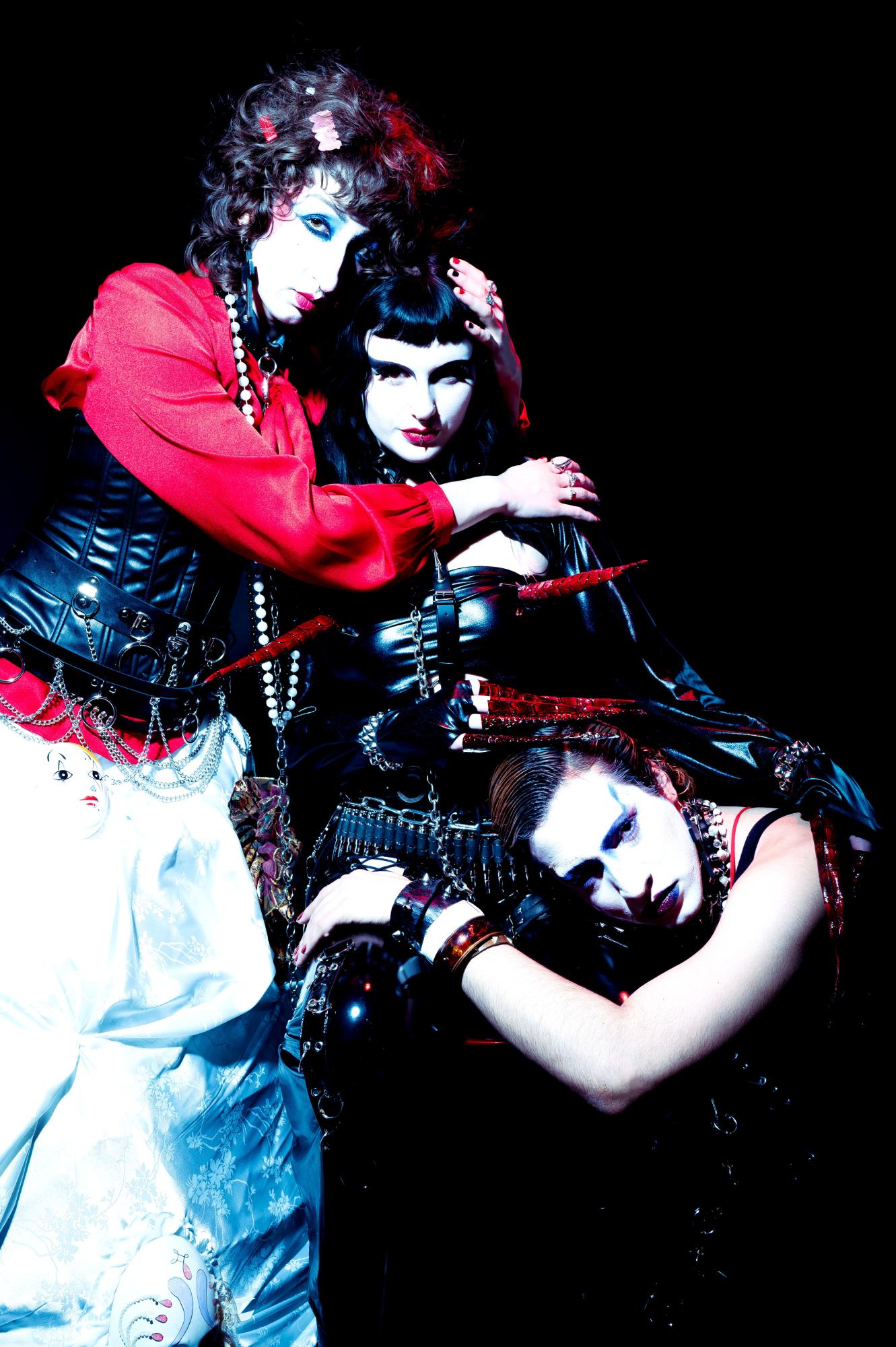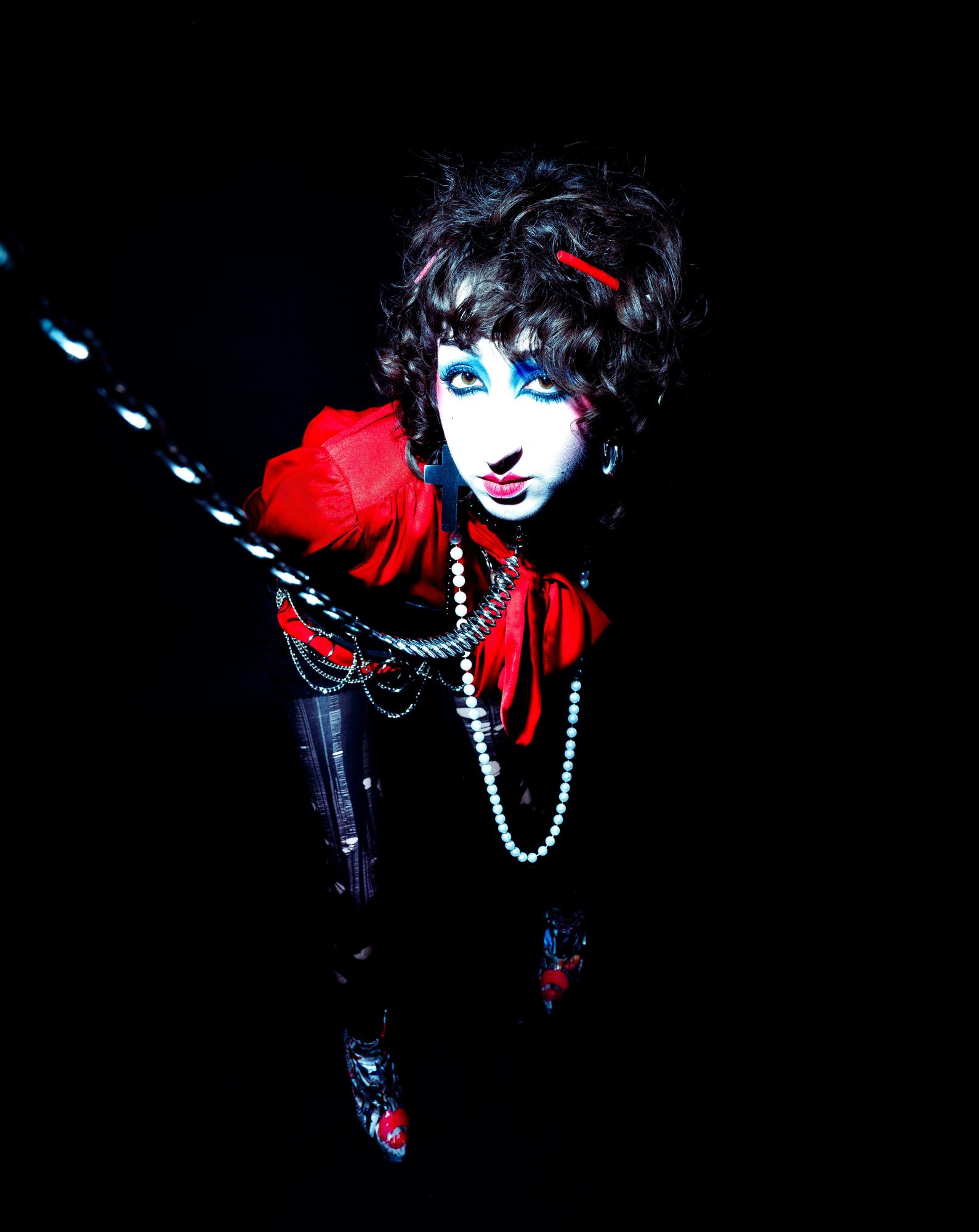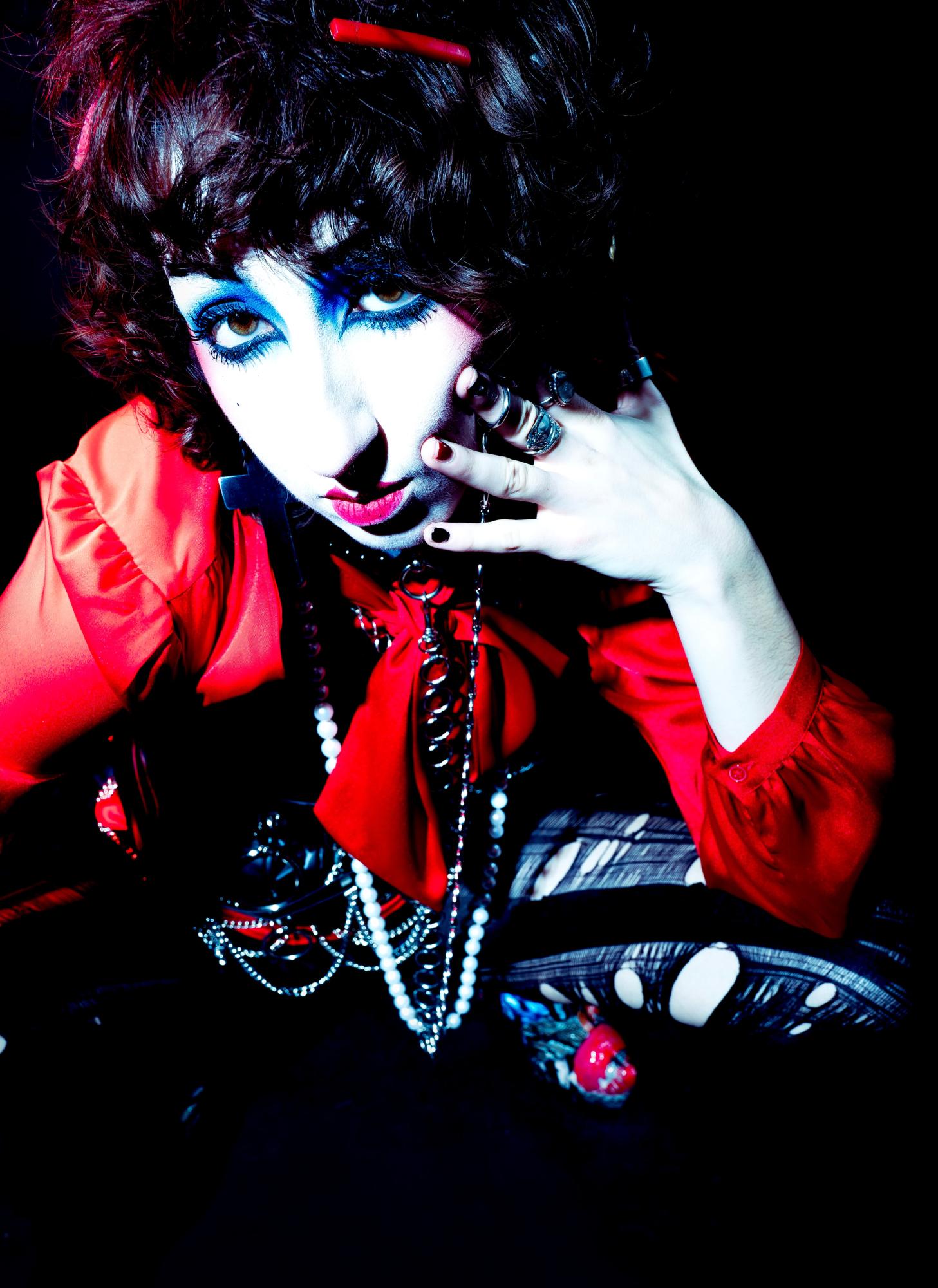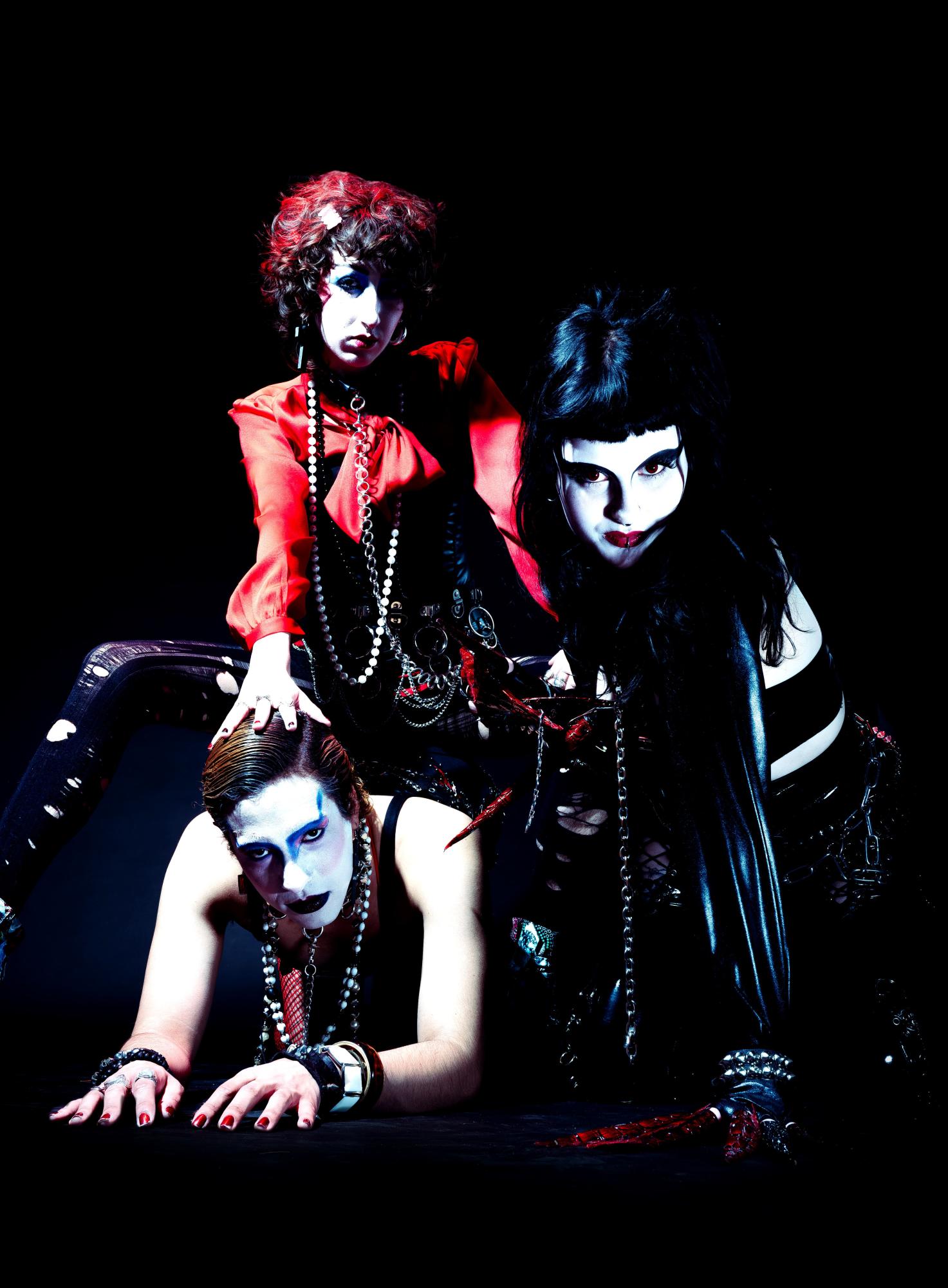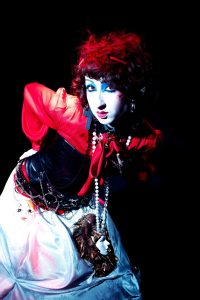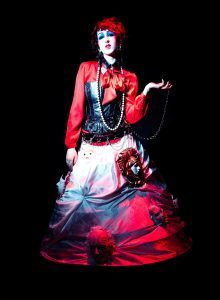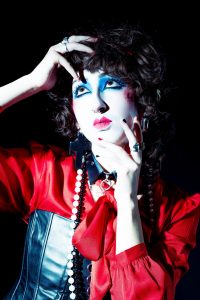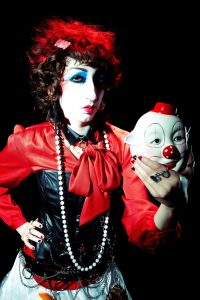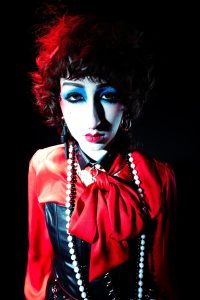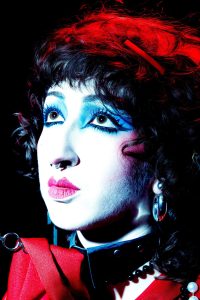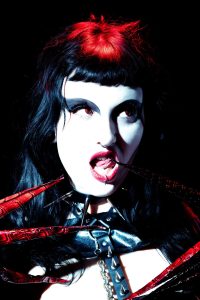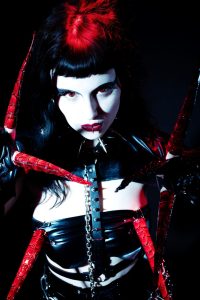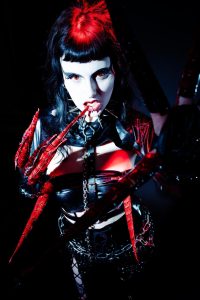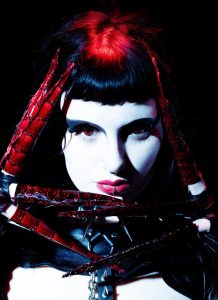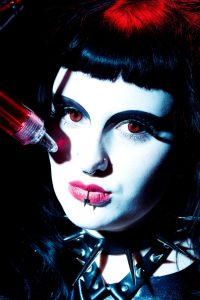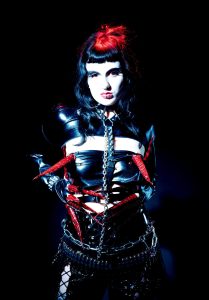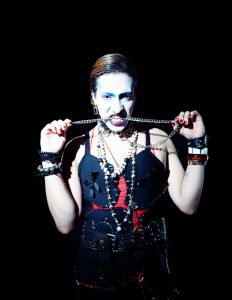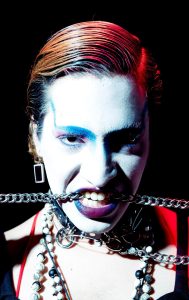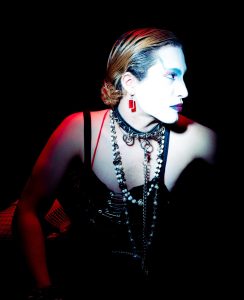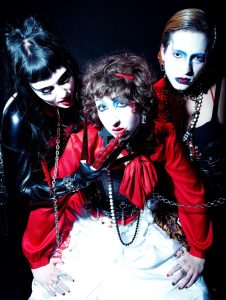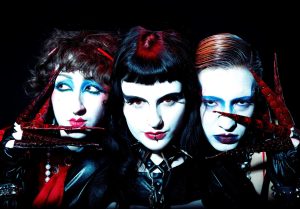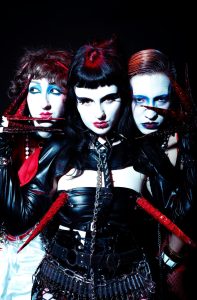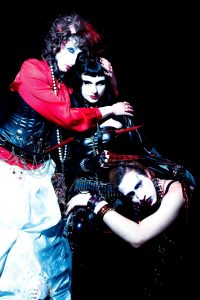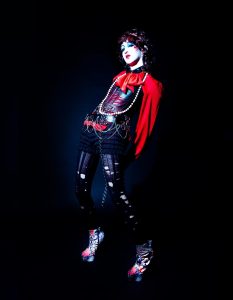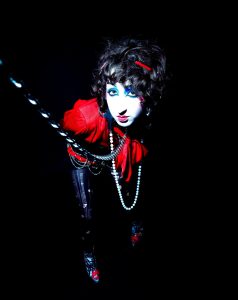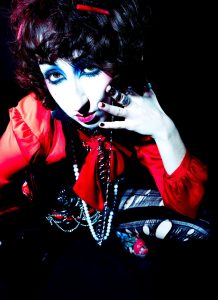PHOTOS: Felicity Dicken
MODELS: Jacob Mariani, Steph Mossop & Rae Porach
STYLISTS: Kai Daniel Capasso & Siobhán Drotleff
The Trump administration signed over twenty executive orders and actions on Inauguration Day. Many of which sought to silence LGBTQ+ language and restrict gender affirming care by clocking federal funding. Diversity Equity and Inclusion programs are being erased from all government and non-goverment affiliated ventures. As democracy’s veil slips and the populace’s unrest grows, freedoms are stripped. As tensions rise worldwide, a release is required to ease the rising agitation. The world will grapple with change, recession and crisis. What queer communities will flourish as turbulent times are over humanity, and what will they look like?
Feel hot, feel heavy, love who you want to. Primal hammering beats, light beams flashing, fashion, freedom. The reverberation of synthesizers is an all-encompassing sensation. All conformity is denied in the blinding lights of a boiler room. Bodies were sweating and thrashing until 6 a.m. An unlikely haven and nonjudgmental ambiance. People are free to feel, to be bare and to be primitive. For the LGBTQ+ community, the roots run deep in this culture. From ballrooms to basements, to abandoned warehouses, the world is your oyster, or in other words, your dance floor. Motion is freedom and there must be escape in the ever-contorting climate concerning the perception of identity.
Notable artists bend the art into something new, inspired by the nonconventional stratospheric sounds produced by the new wave, techno, disco and rave scene. In 2025, we observe artists like Charli XCX, Arca, Lady Gaga, the late great SOPHIE and Björk, just to name a few. The rave scene also dispersed into other subgenres of goth and punk scenes in the UK, creating the ever-evangelized Acid House music of the 90s. Held in England’s open country fields, some of the earliest raves using wood, tarps and DJ mixers were built, showing the lengths one will go to find a divine sense of release.
Underground avant-garde fashion culture was burnished in spaces like these and grew to thrive. The ‘80s New Wave movement brought out vivid colors and striking contoured faces. Beneath the prismatic color lay a restless youthful scene longing for individuality and extravagance that the queer community was not readily afforded at the time. The anarchic environment of the sociopolitical landscape of the ‘80s and ‘90s pushed for queer youth to be more experimental.
The term, at the time, was broadly new and everything from a backyard get-together with a couple of beers to a proper underground soggy basement function was considered a rave by the straight populace. Never before had counterculture been more glamorous and televised. In the ‘90s, clubbing became a global phenomenon. During this time, techno thrived in the mainstream, with artists like Madonna spearheading a gay mutiny. New Wave brought all the dolls out to play in droves as synthesizers dominated composition. The influence of punk was at the forefront of the popularity of New Wave with bands such as The Sex Pistols and Talking Heads.
Drugs, sex and tons of latex — the holy trinity of rave culture. At the time, club kids had to DIY their rave attire. Young queers took charge and began setting trends where major brands fell short. Spikes, collars, leashes, harnesses, porn galore and lots of leather were the guts of the crusade, with makeup acting as the flesh and transforming queer liberation. One could be anything, anyone or any concept. Art is meant to comfort the disturbed. From the runway to the streets, fashion has had the freedom to say what words cannot.
Challenging the status quo is already a part of everyday life as an LGBTQ+ identifying person. Punks, drag queens and trans people have metamorphosed the fashion-scape. Fusion stylist Siobhán Drotleff explained the looks for this shoot, saying “I just think that fashion should be an extension of self, one’s flesh and orifices.”
On being queer in an oppressive straight society, “Part of being queer is just being comfortable with disgust,” Drotleff says. “You were disgusted as a kid. It’s a lot of Catholic guilt. A lot of homophobia.” Fashion can be the hammer to break the straight-cis glass ceiling and confront societal conventions. Forcing society to acknowledge queer people and their legitimate place in society.

